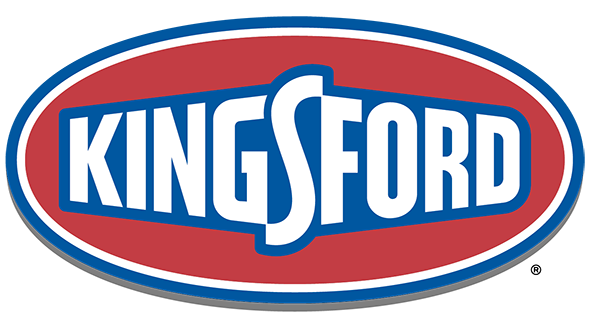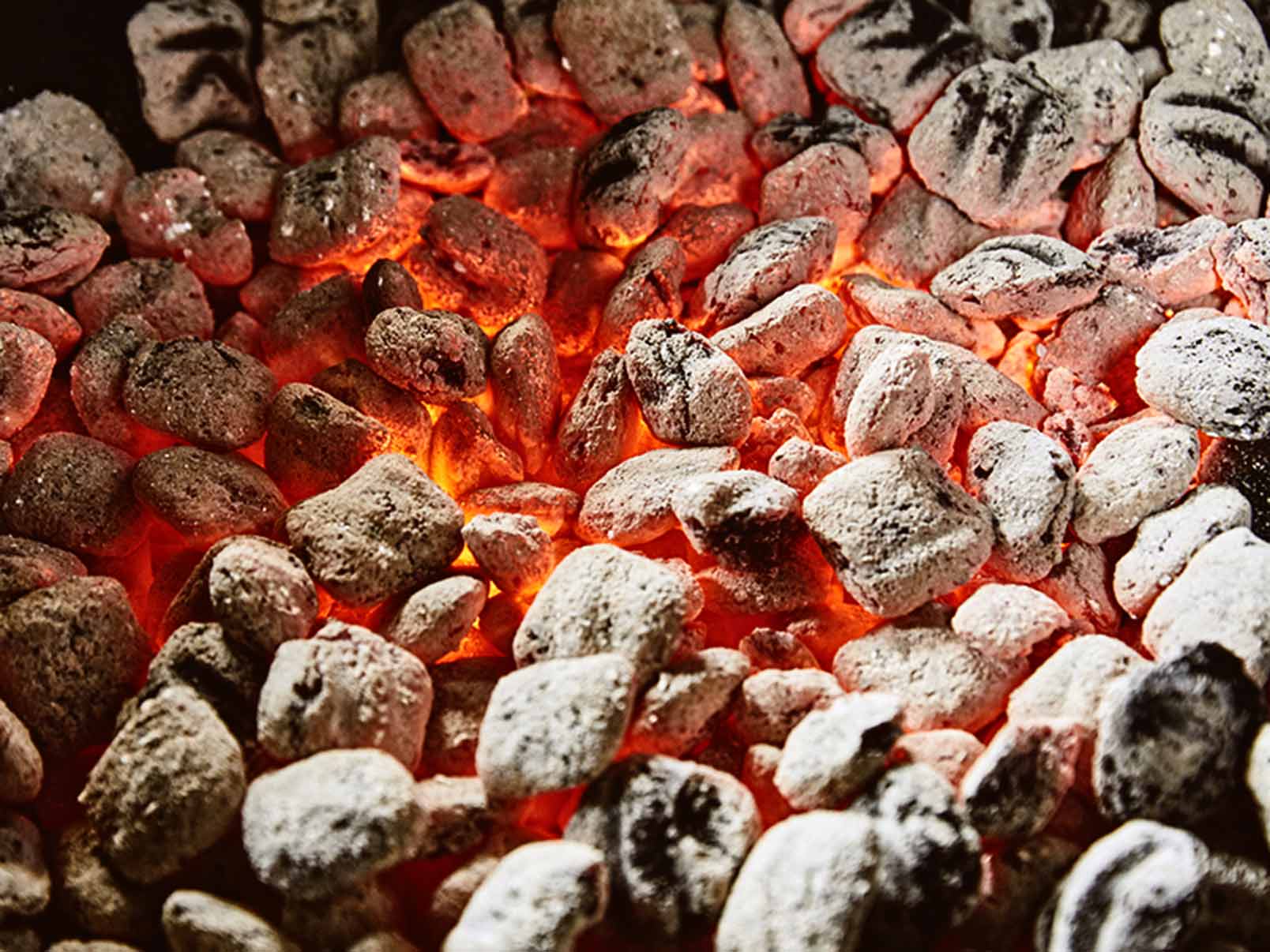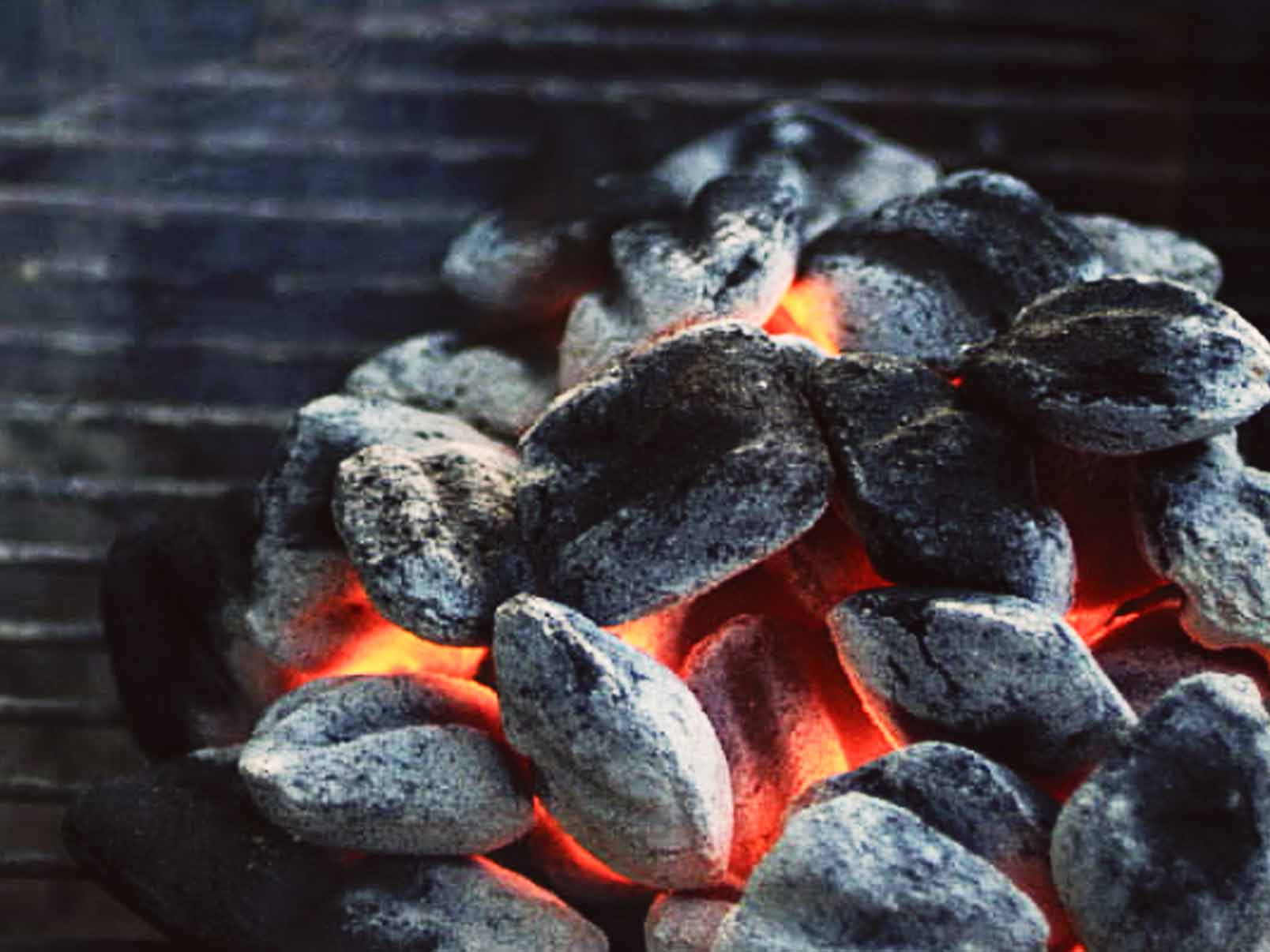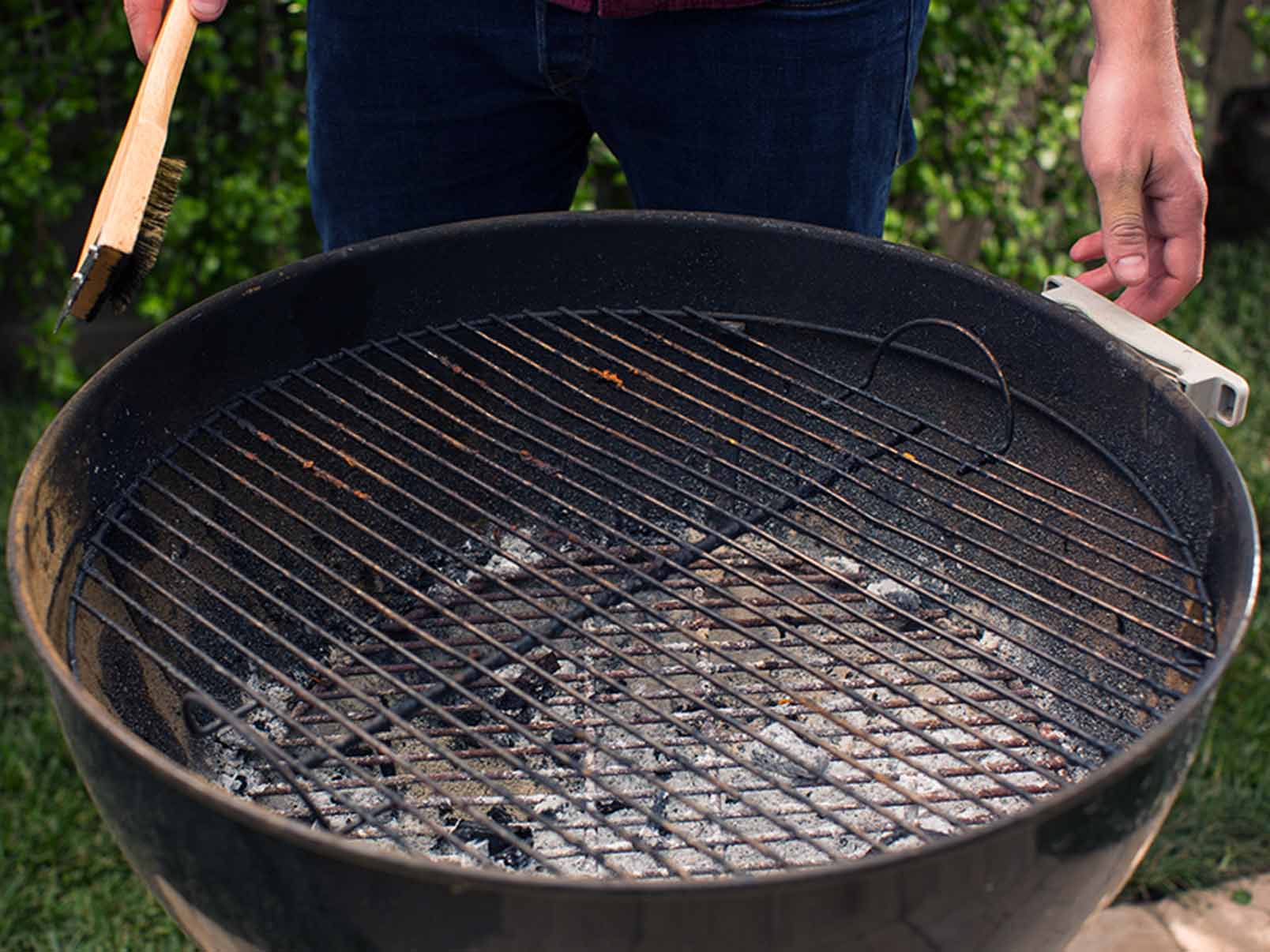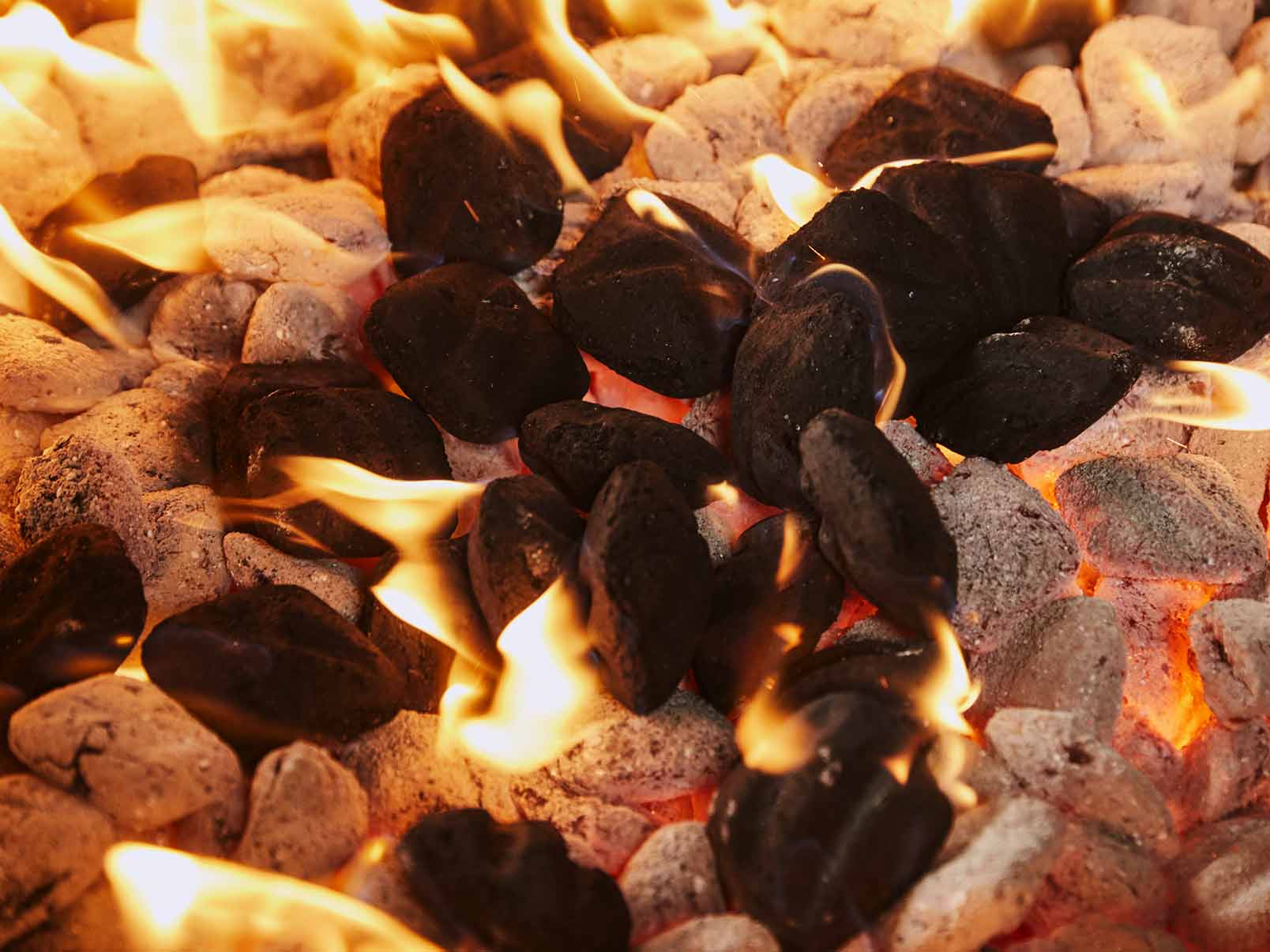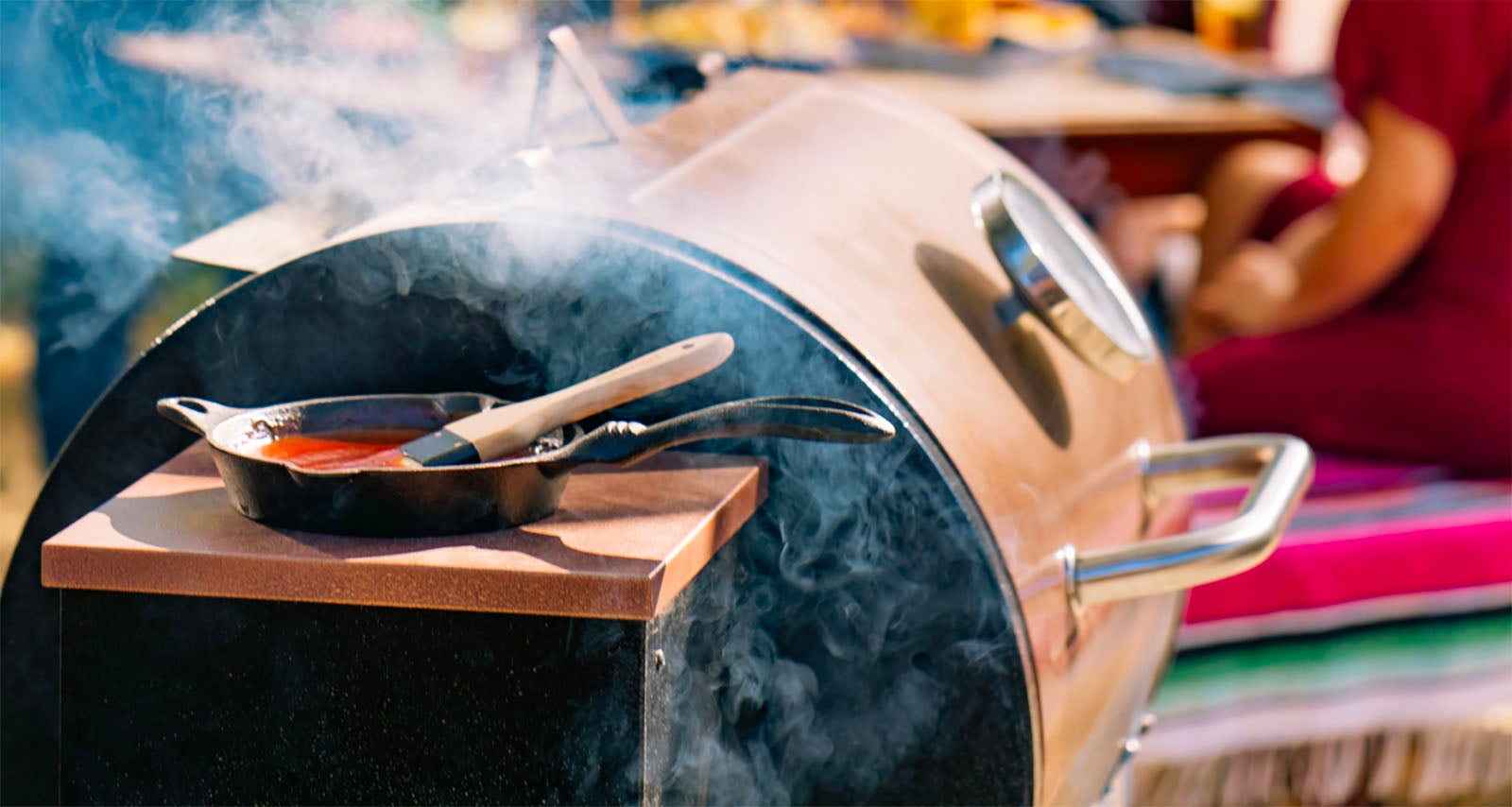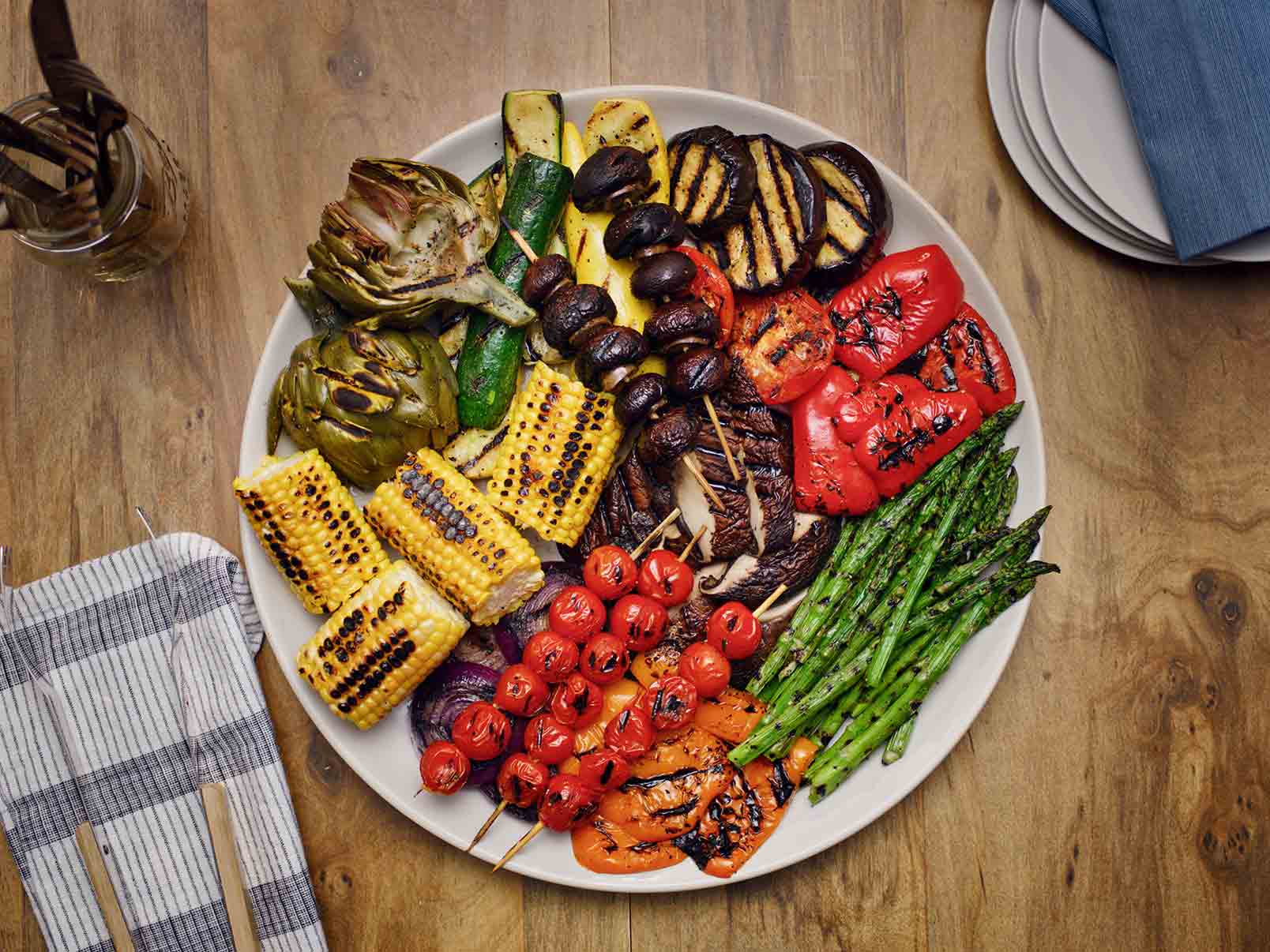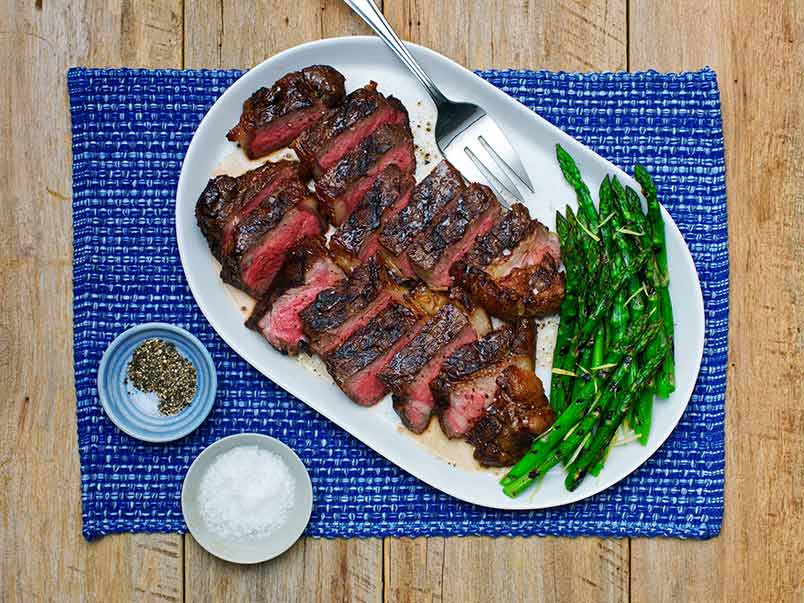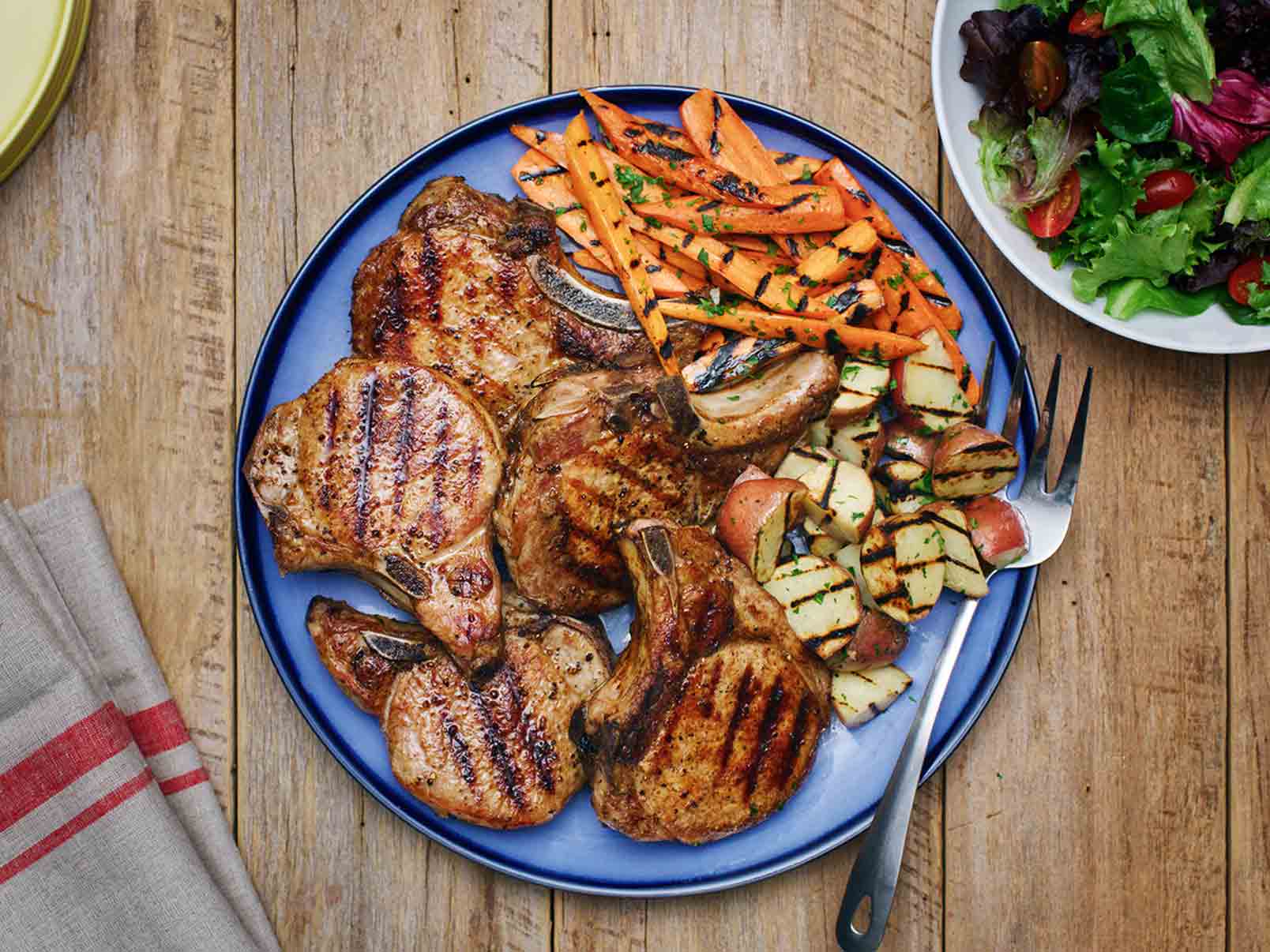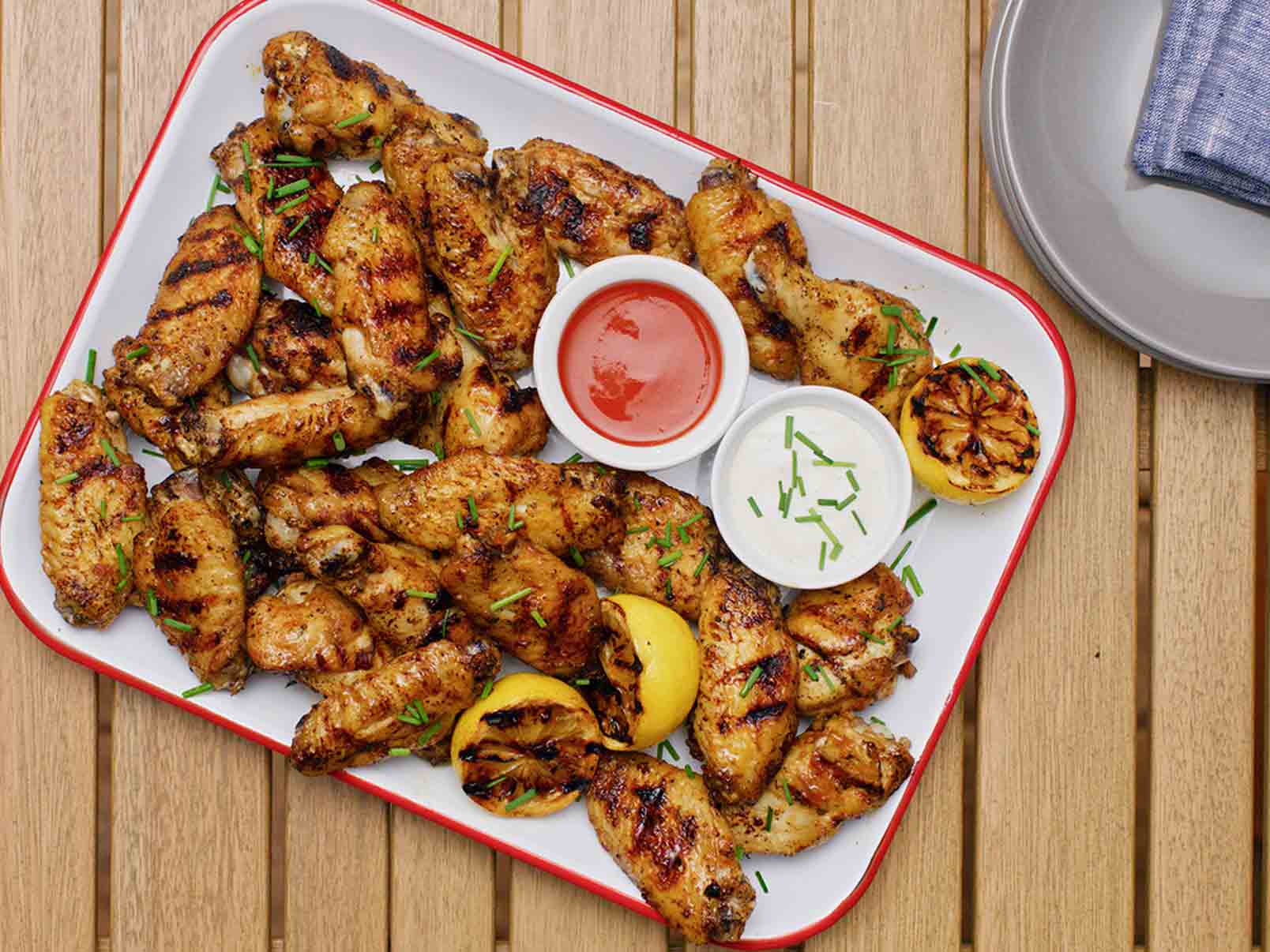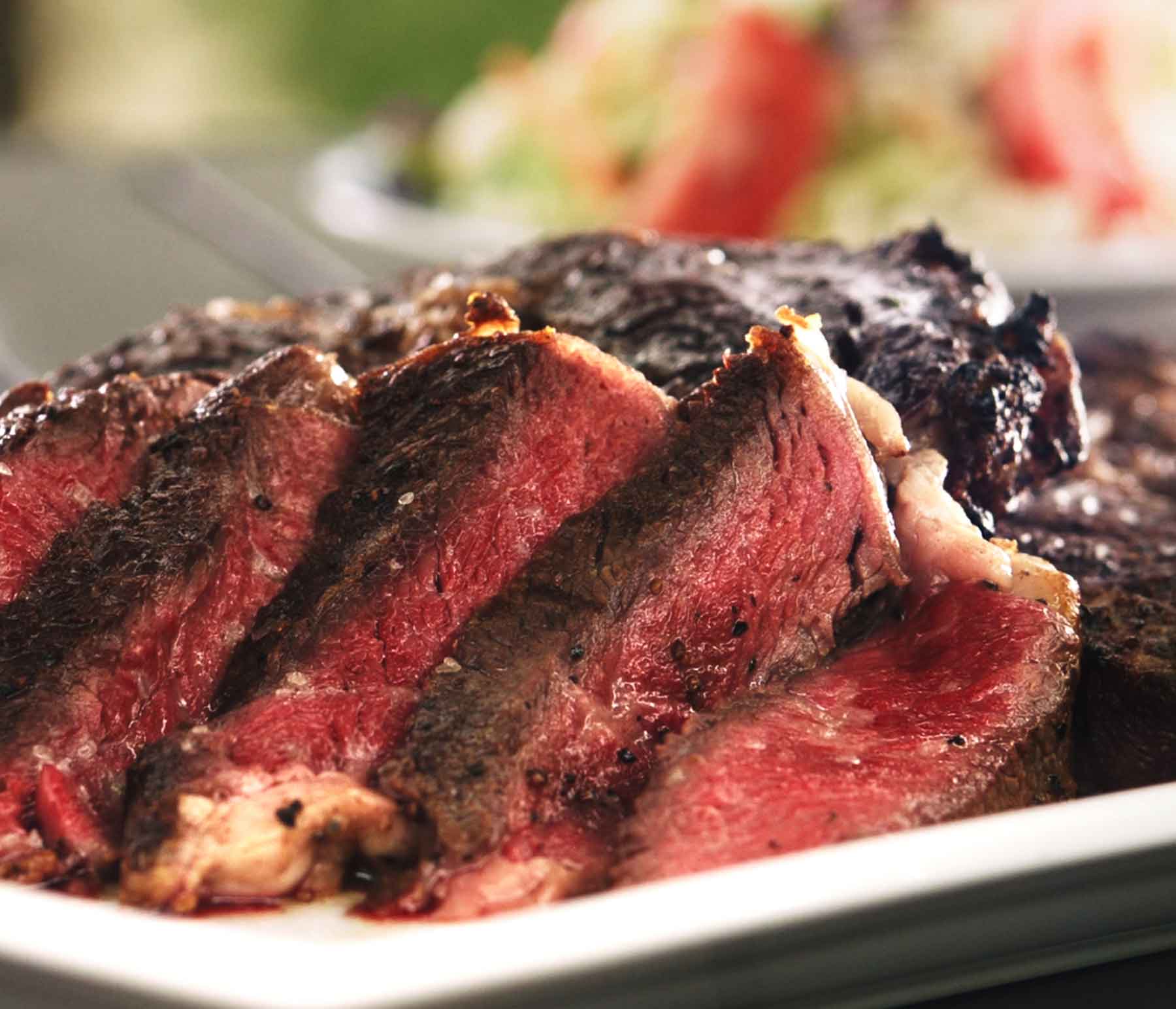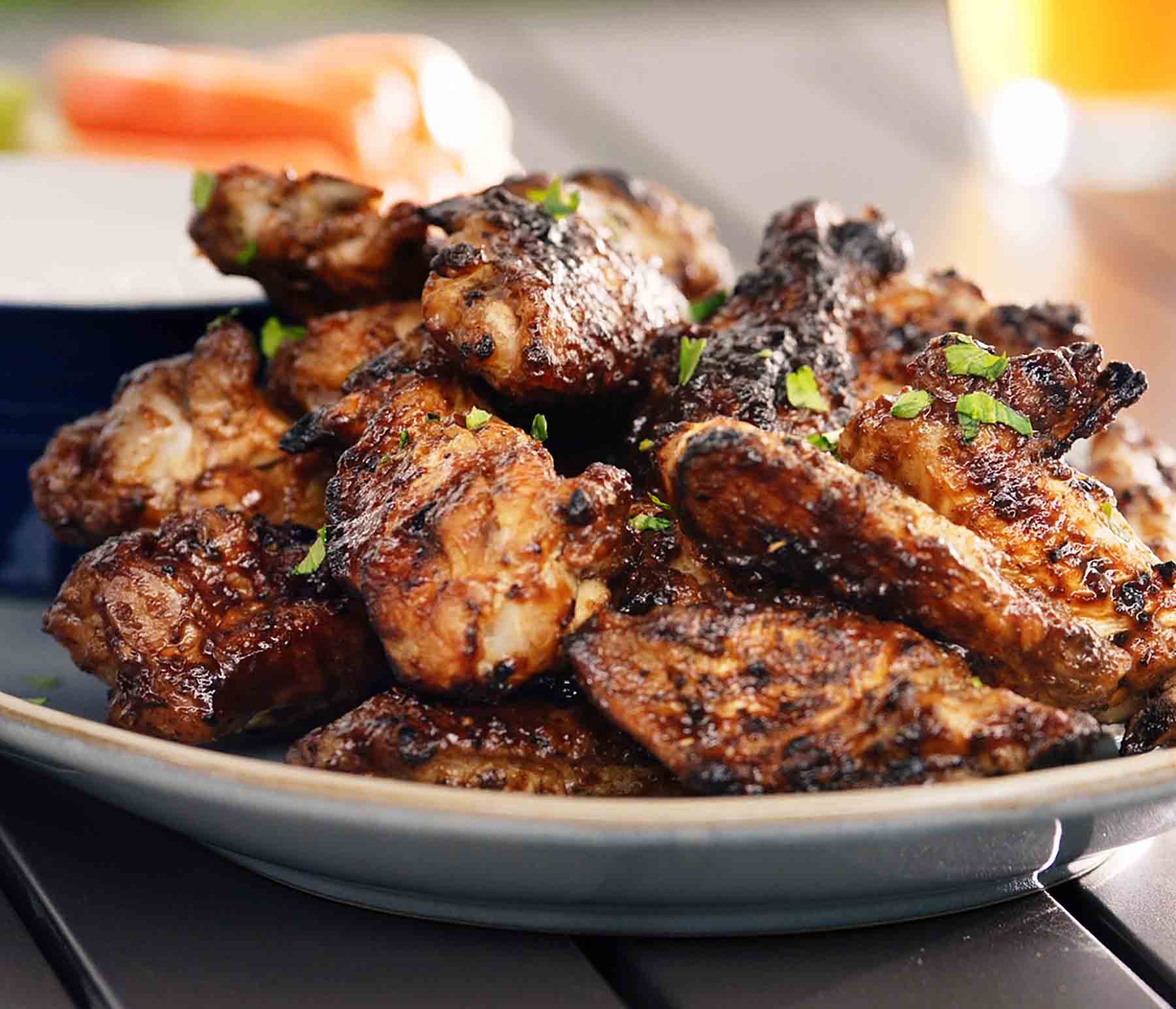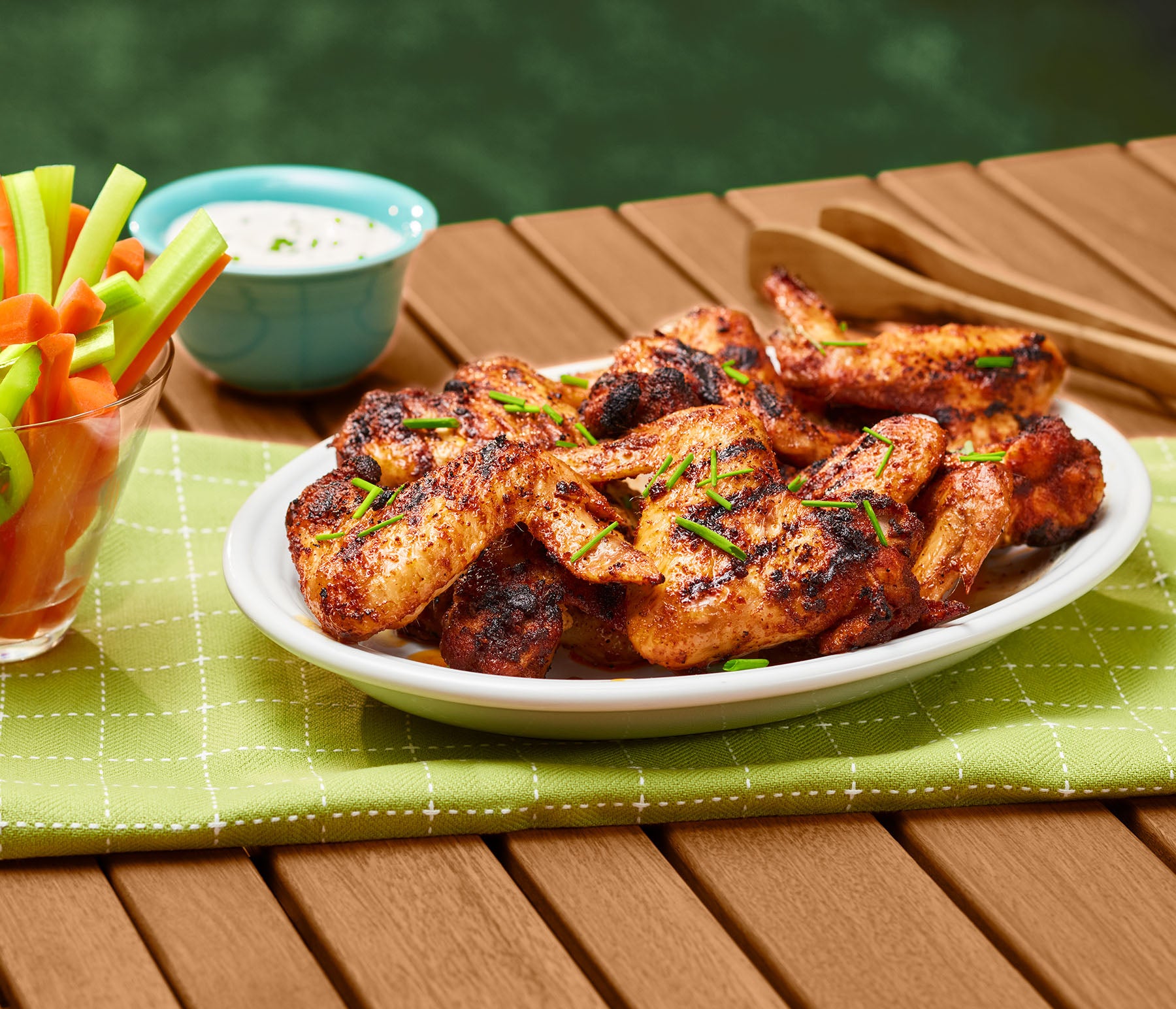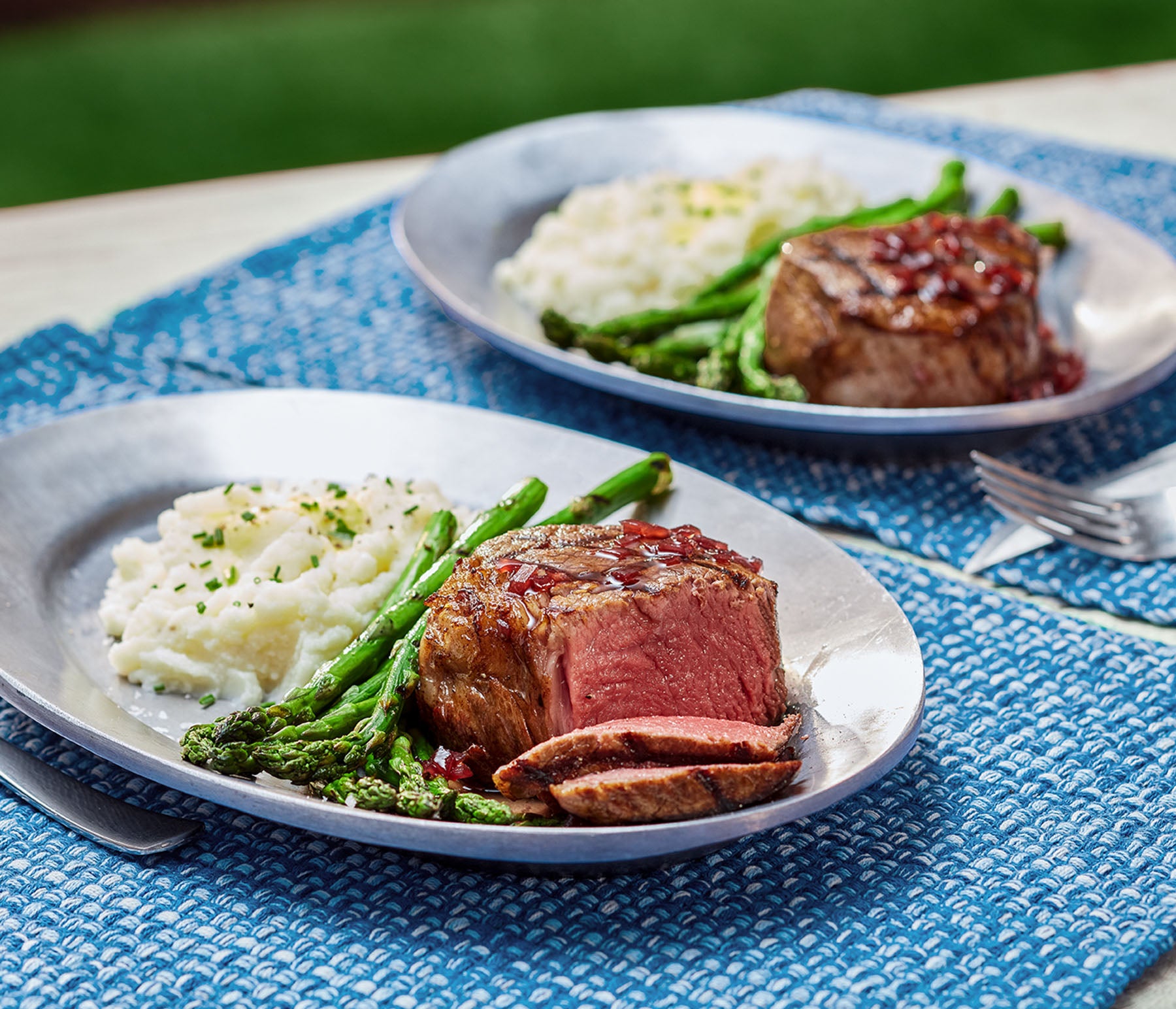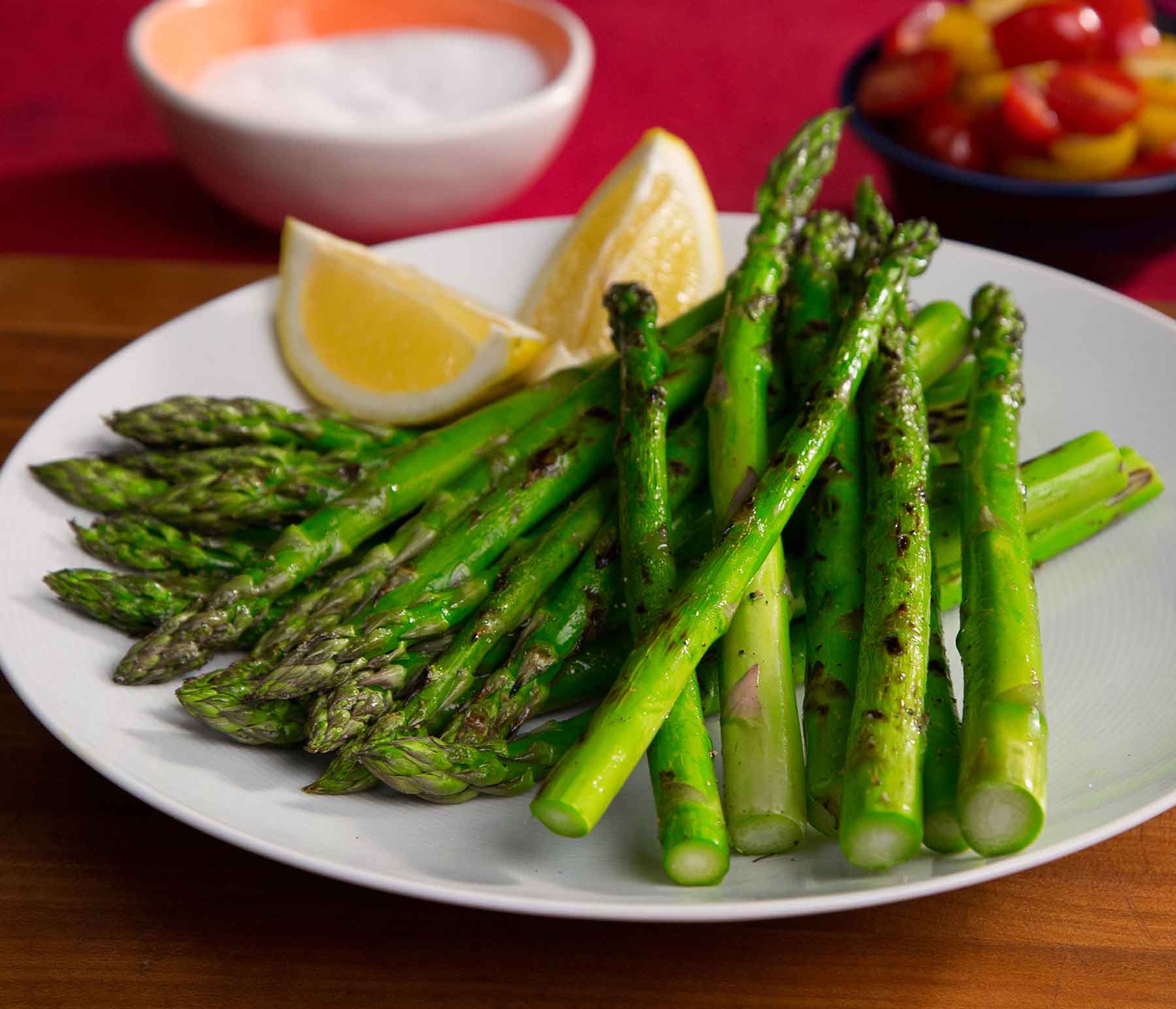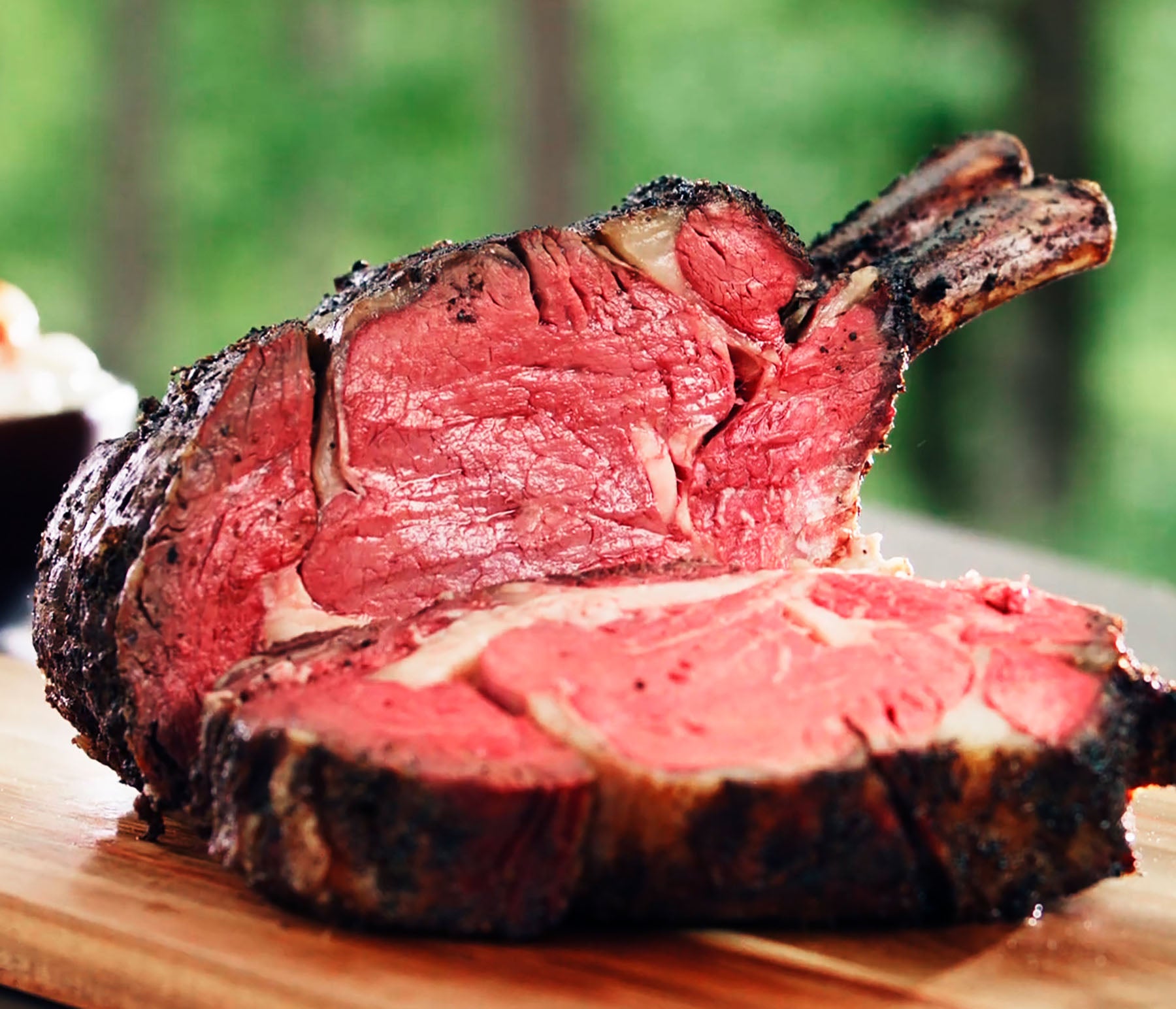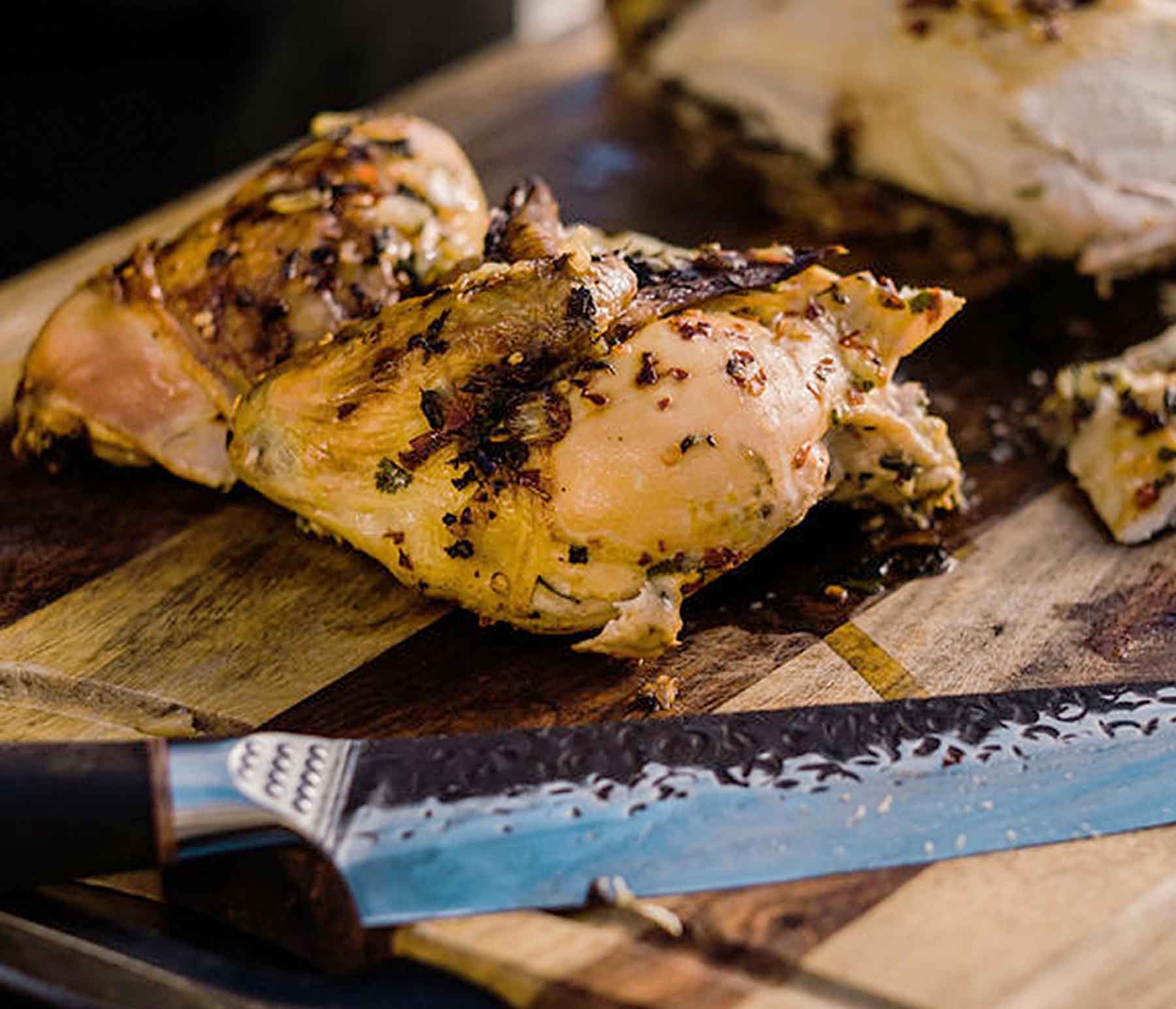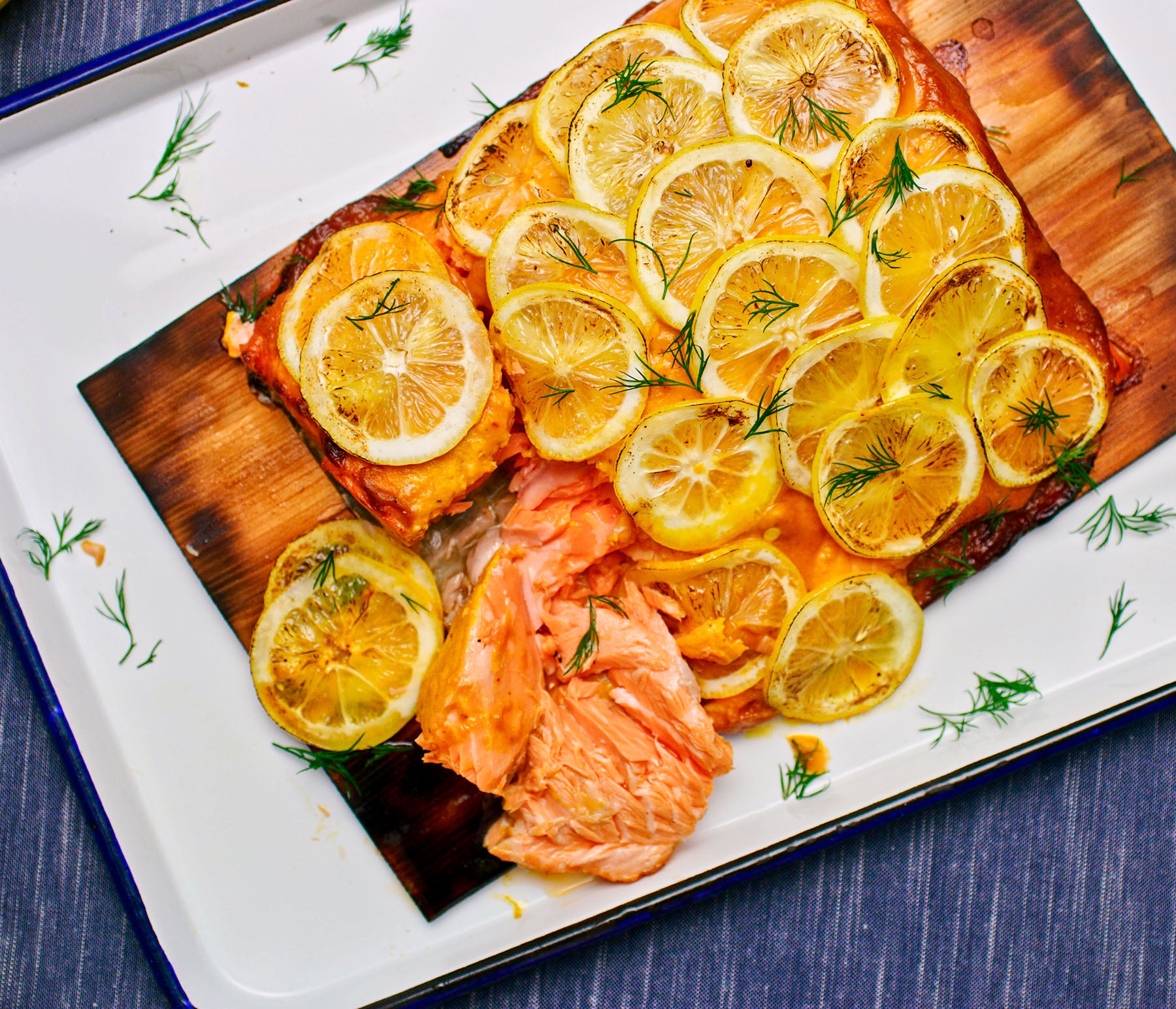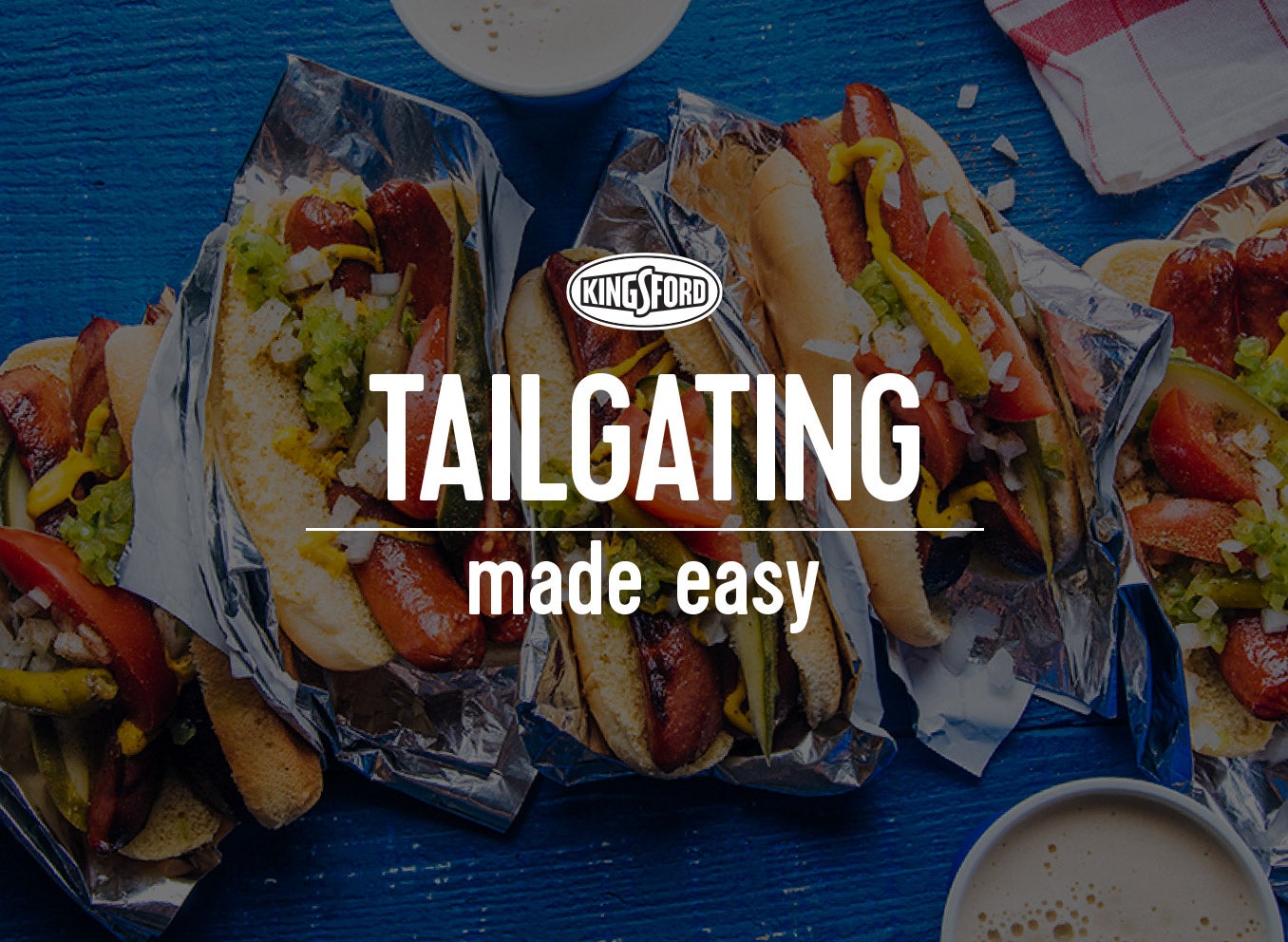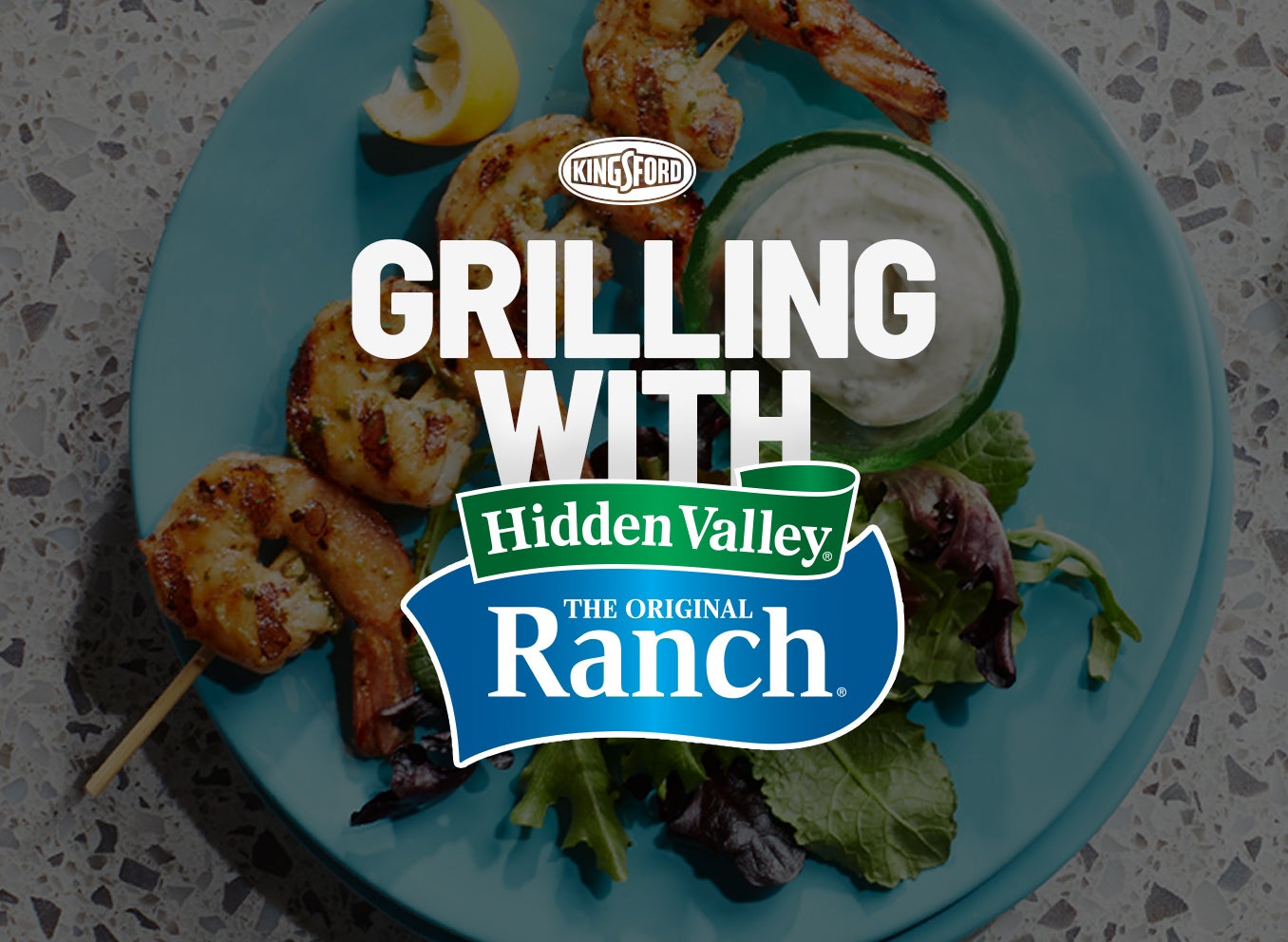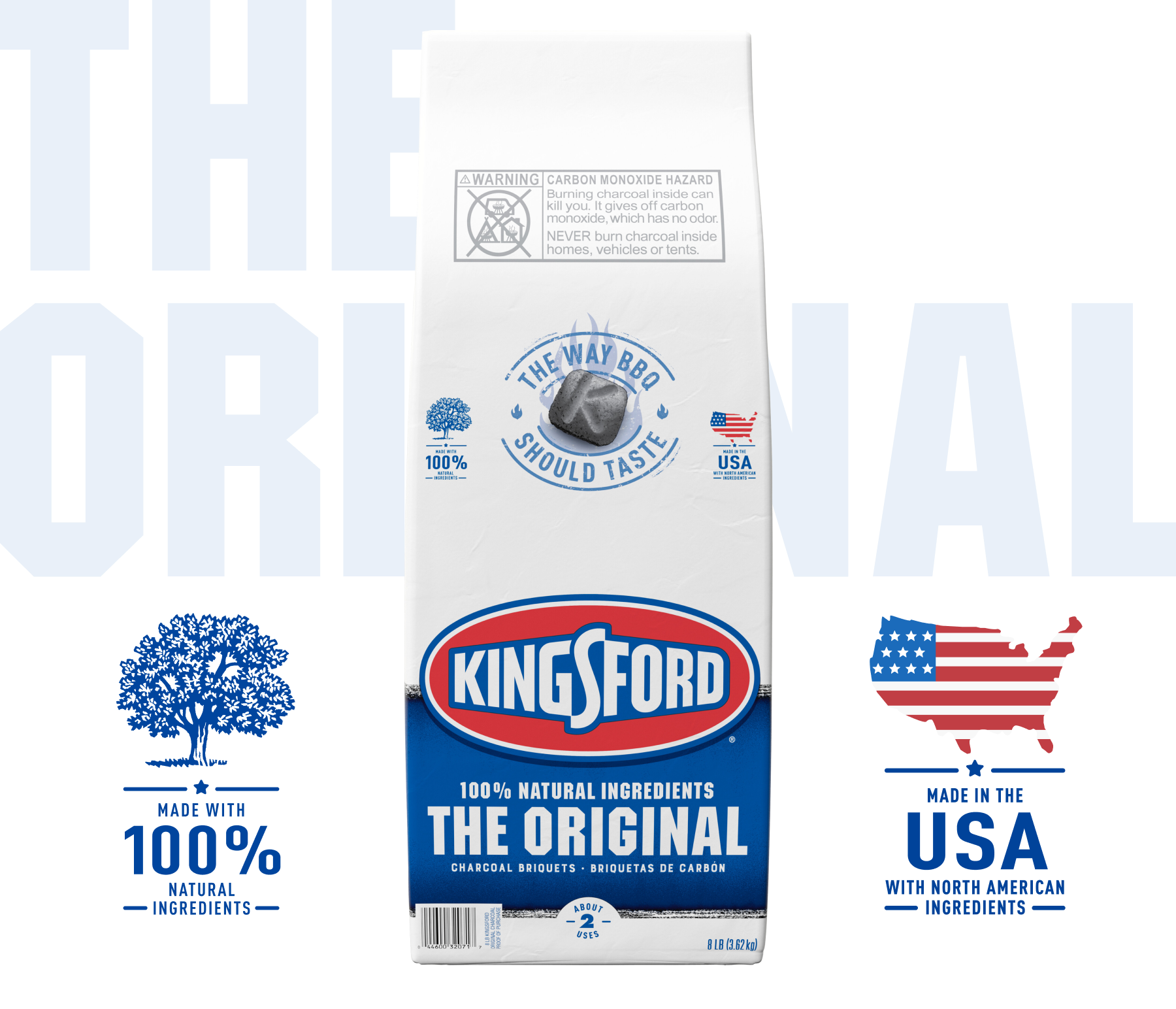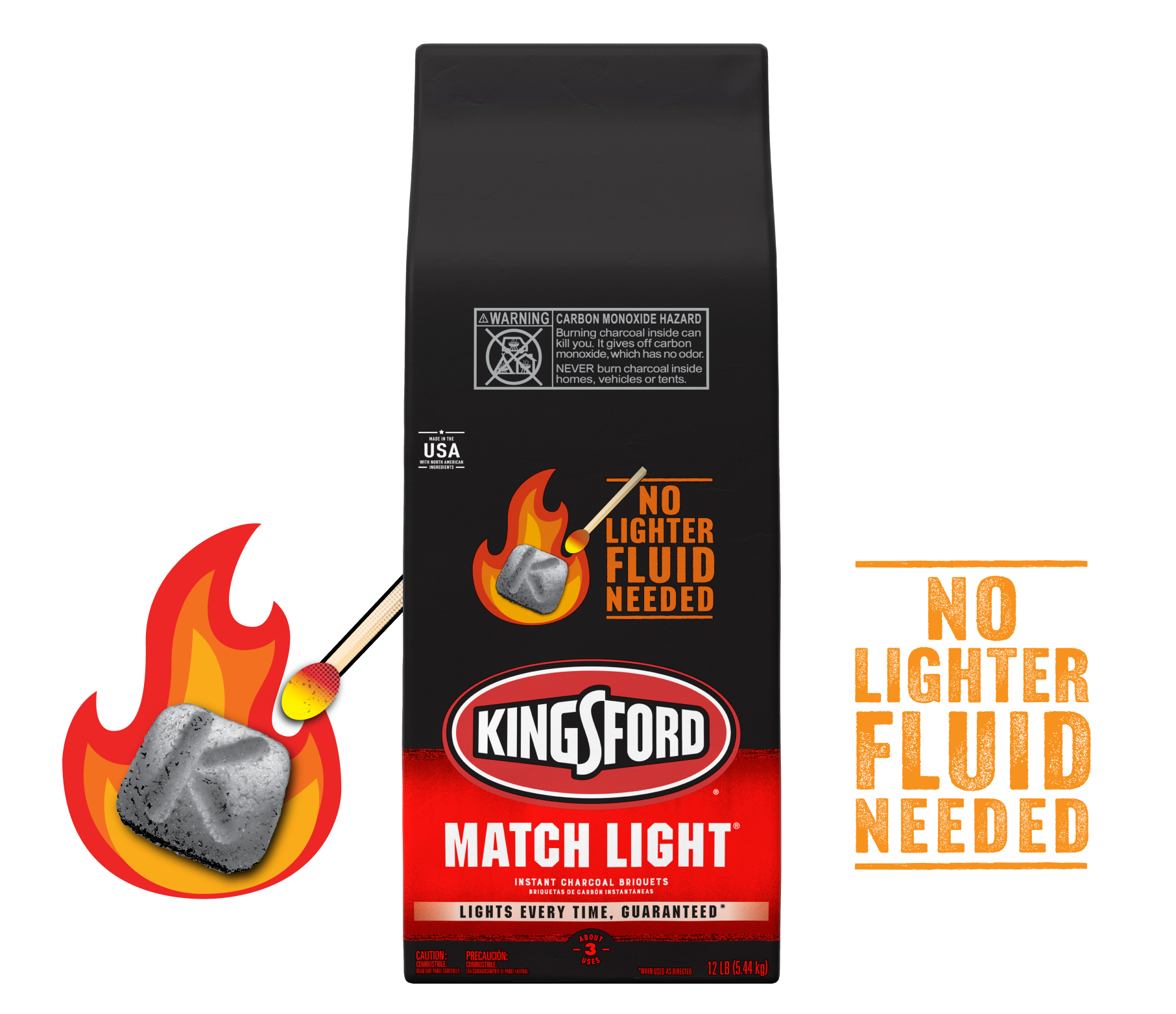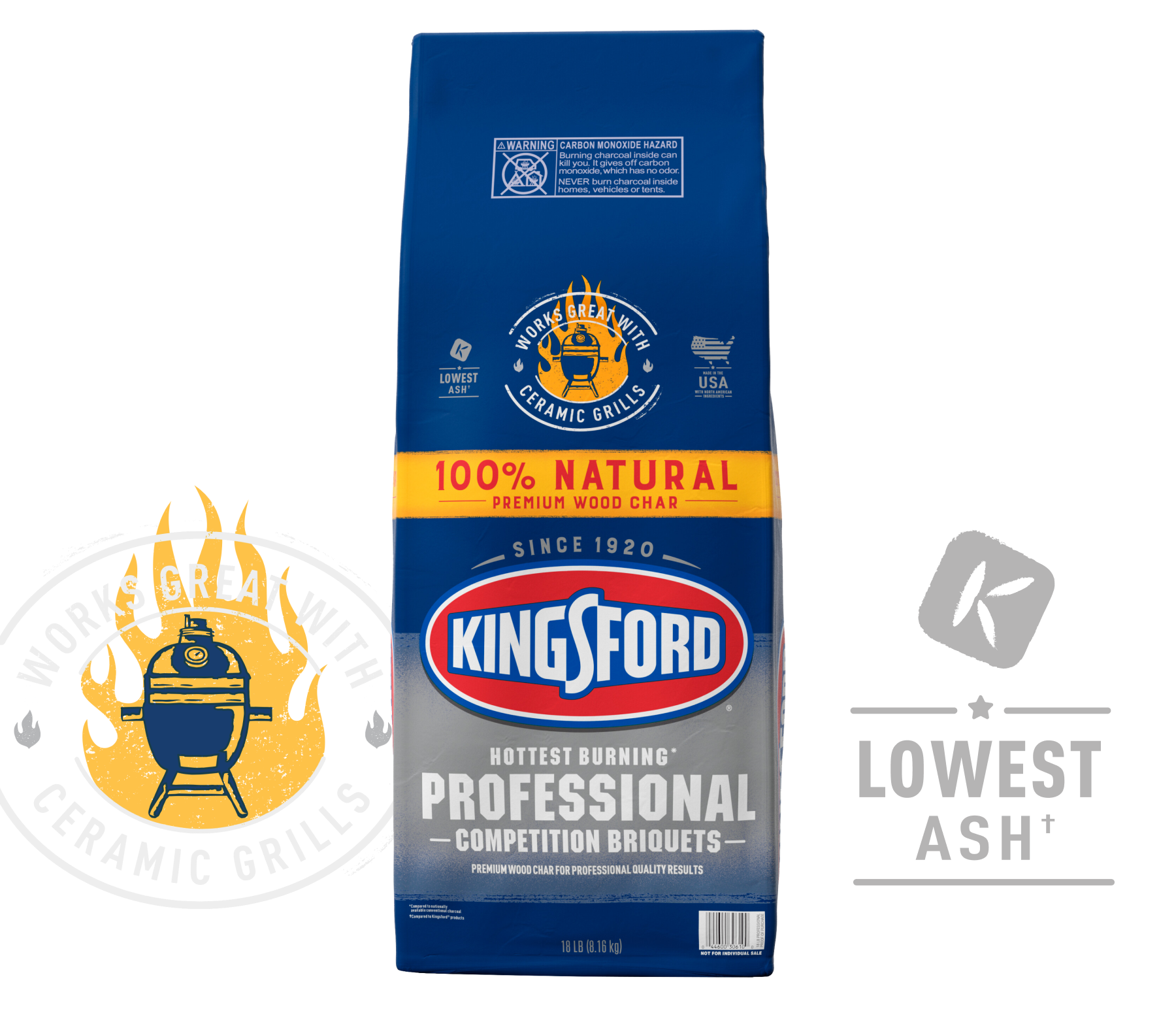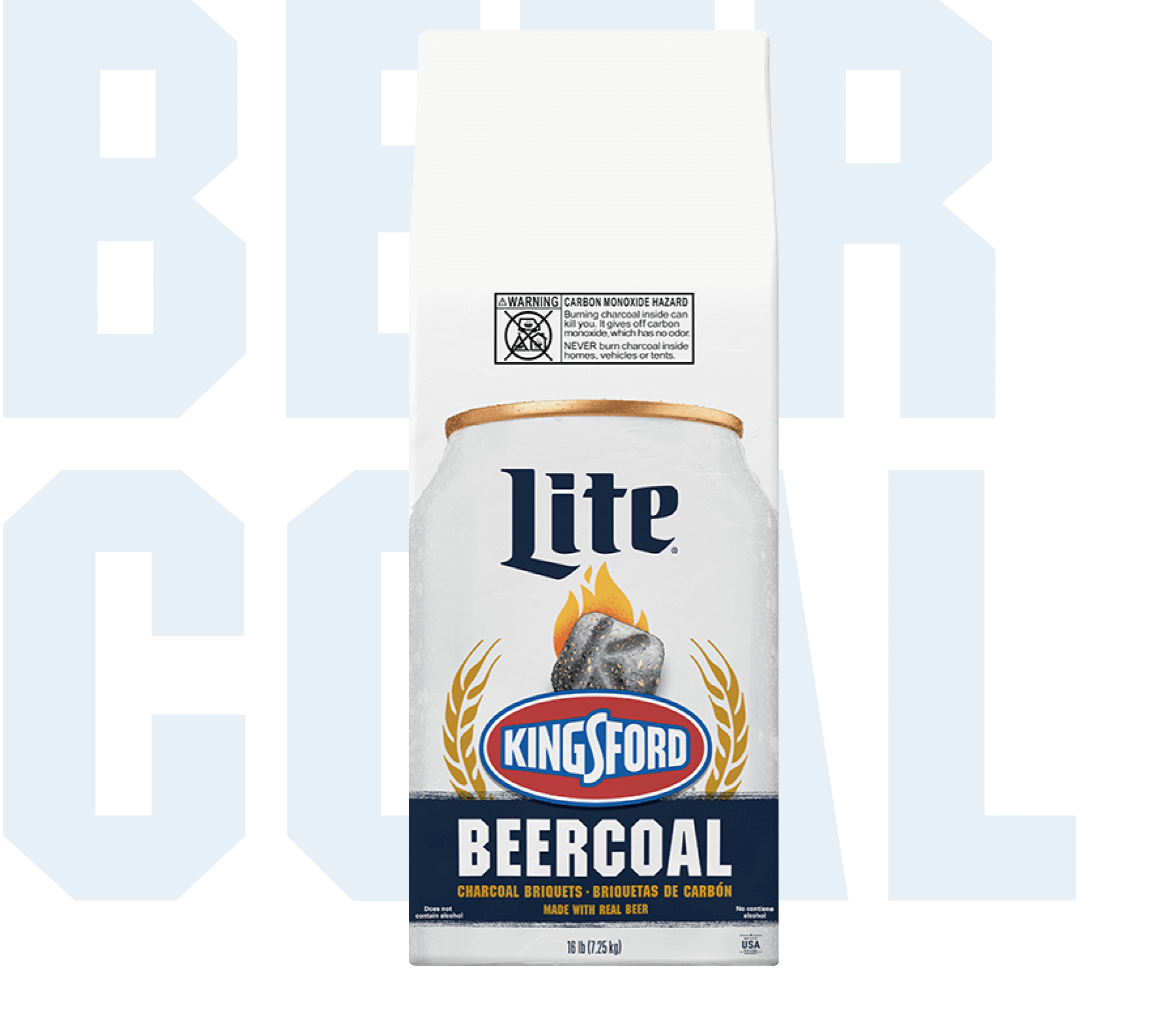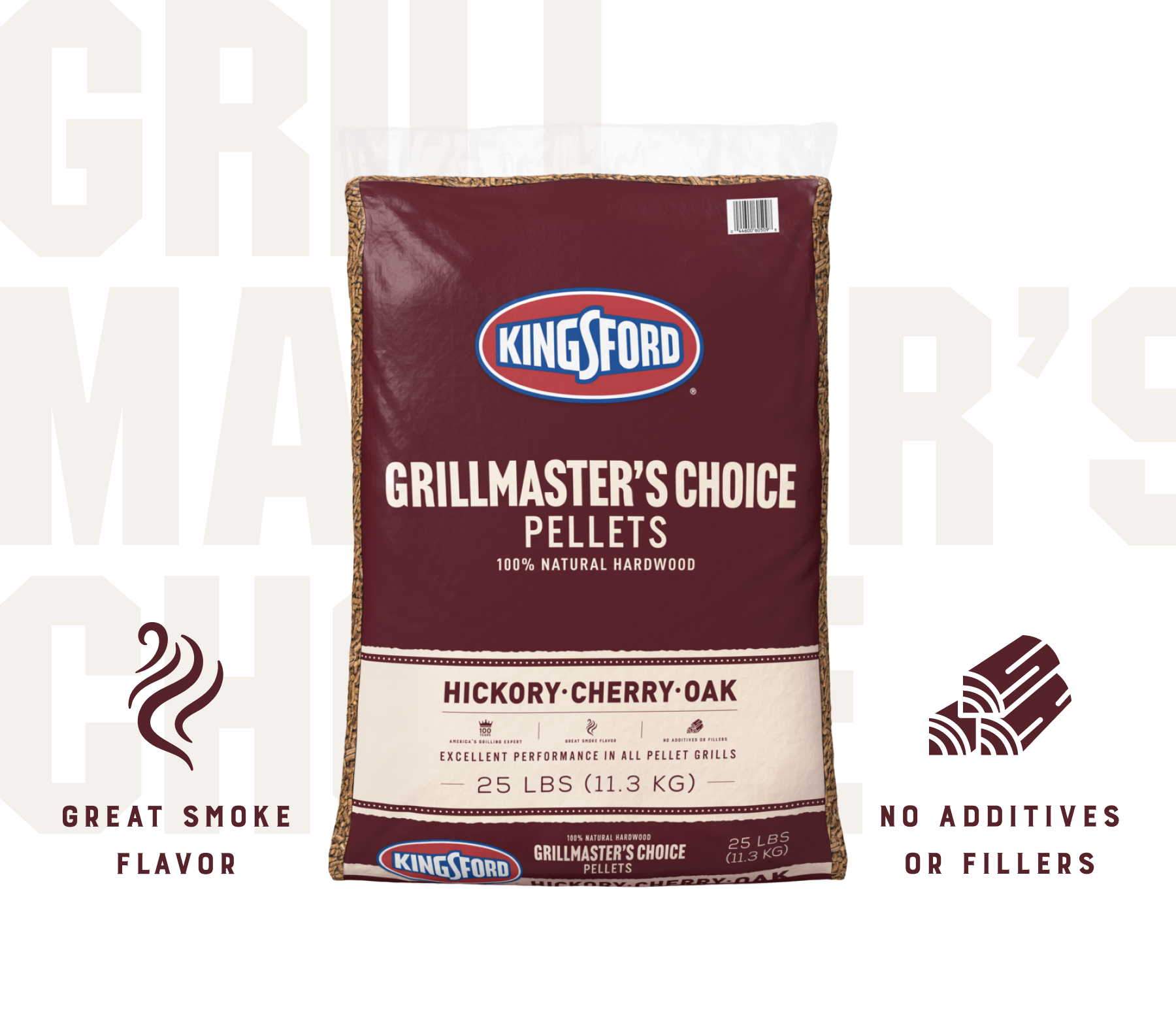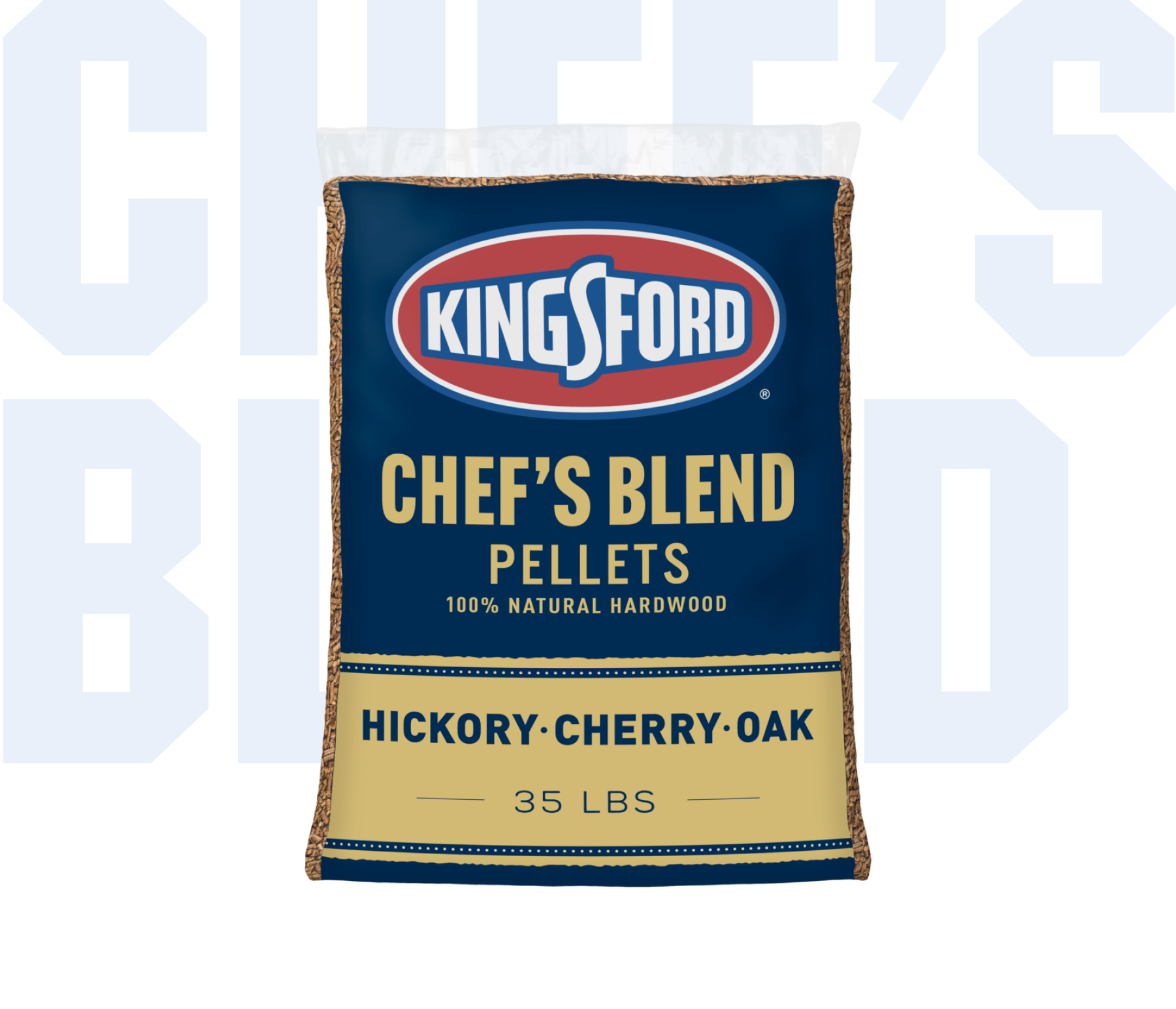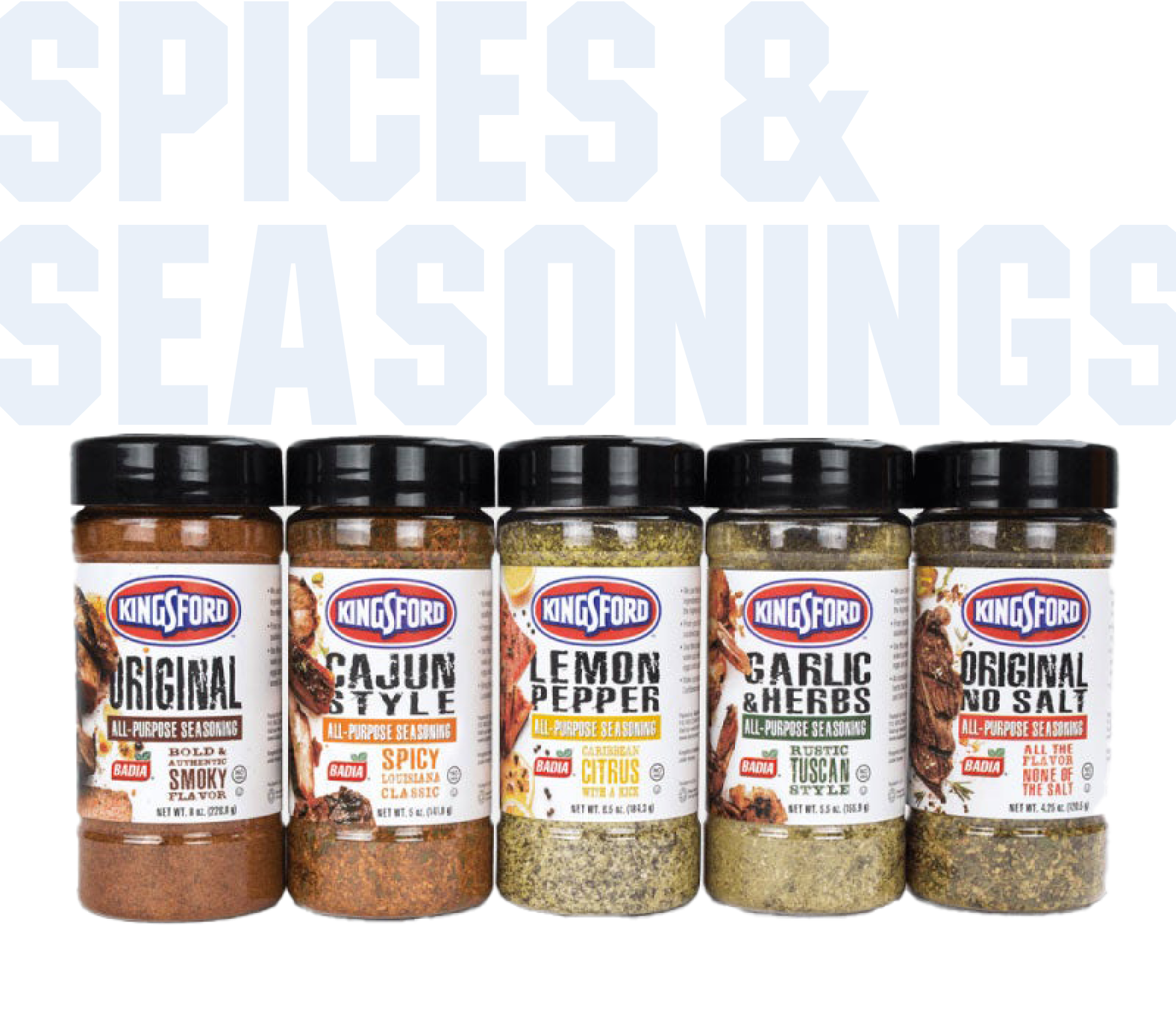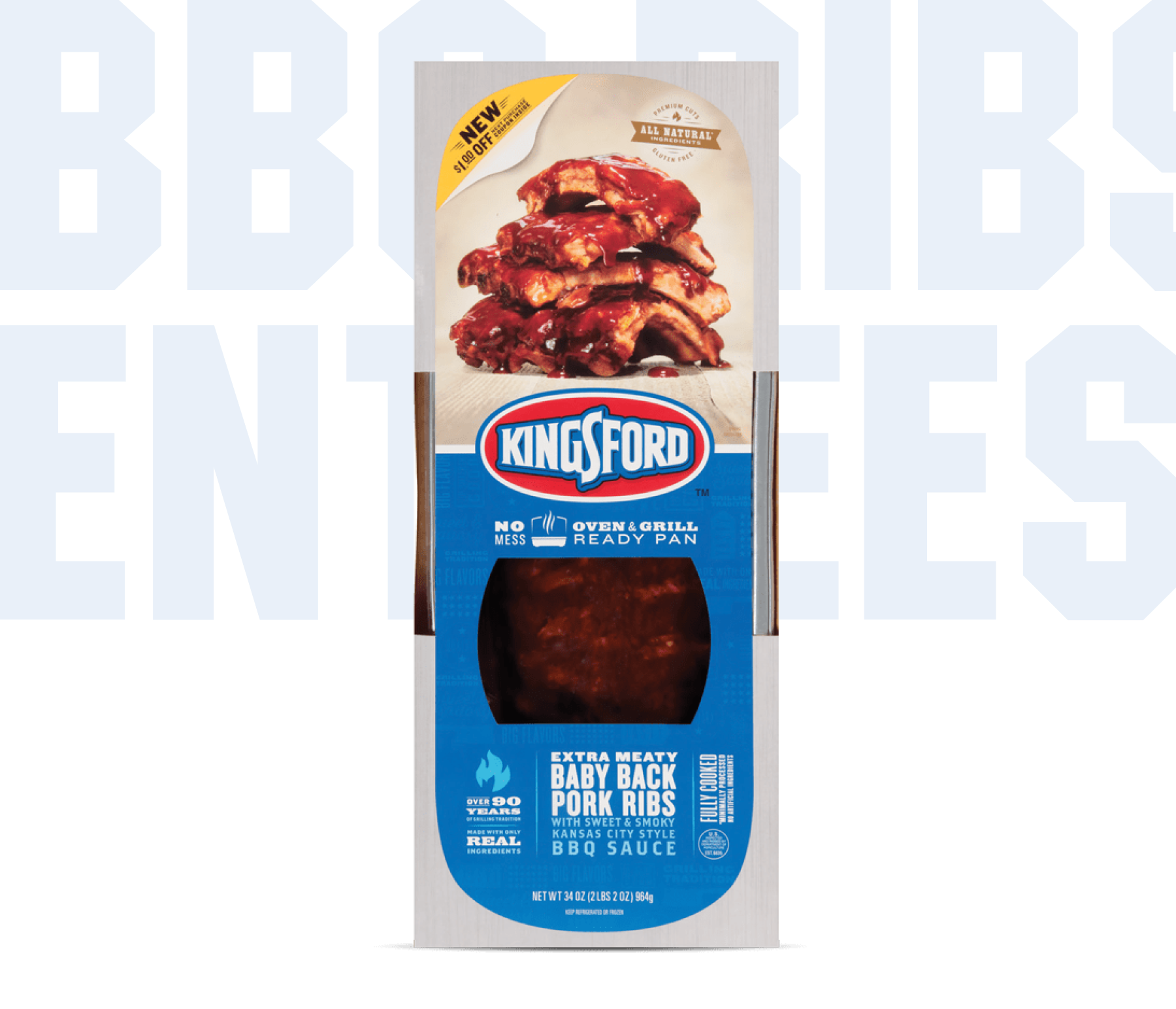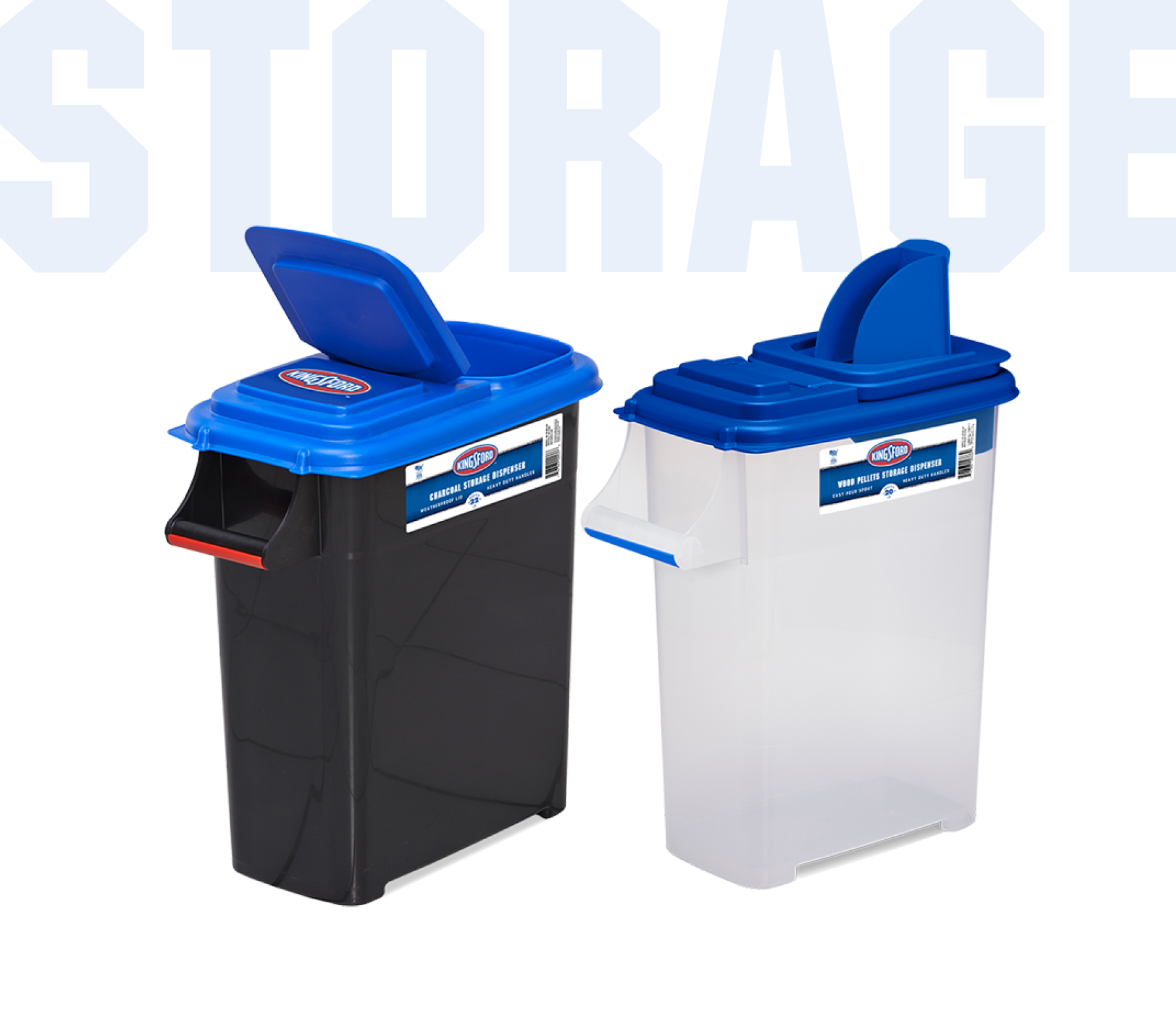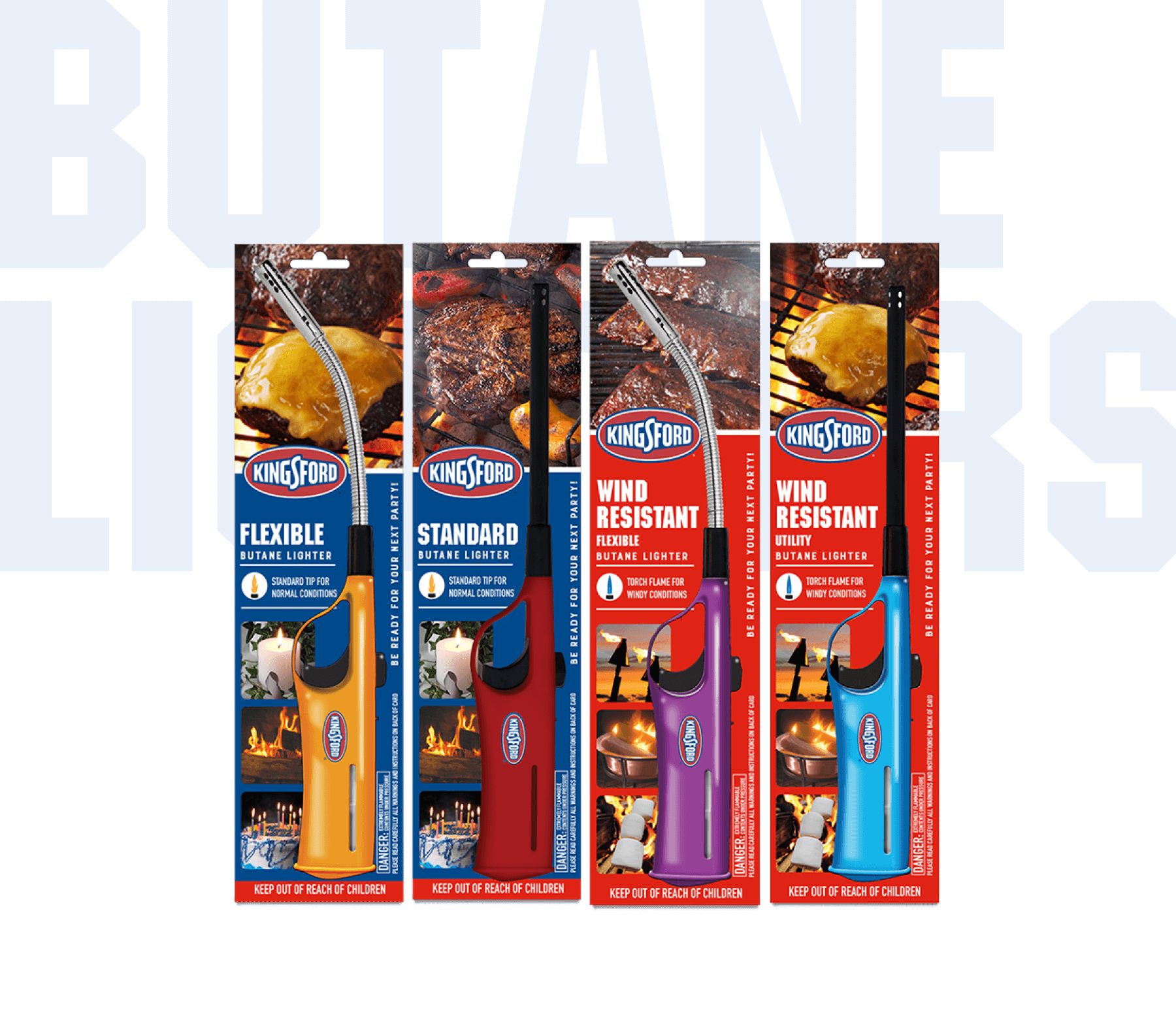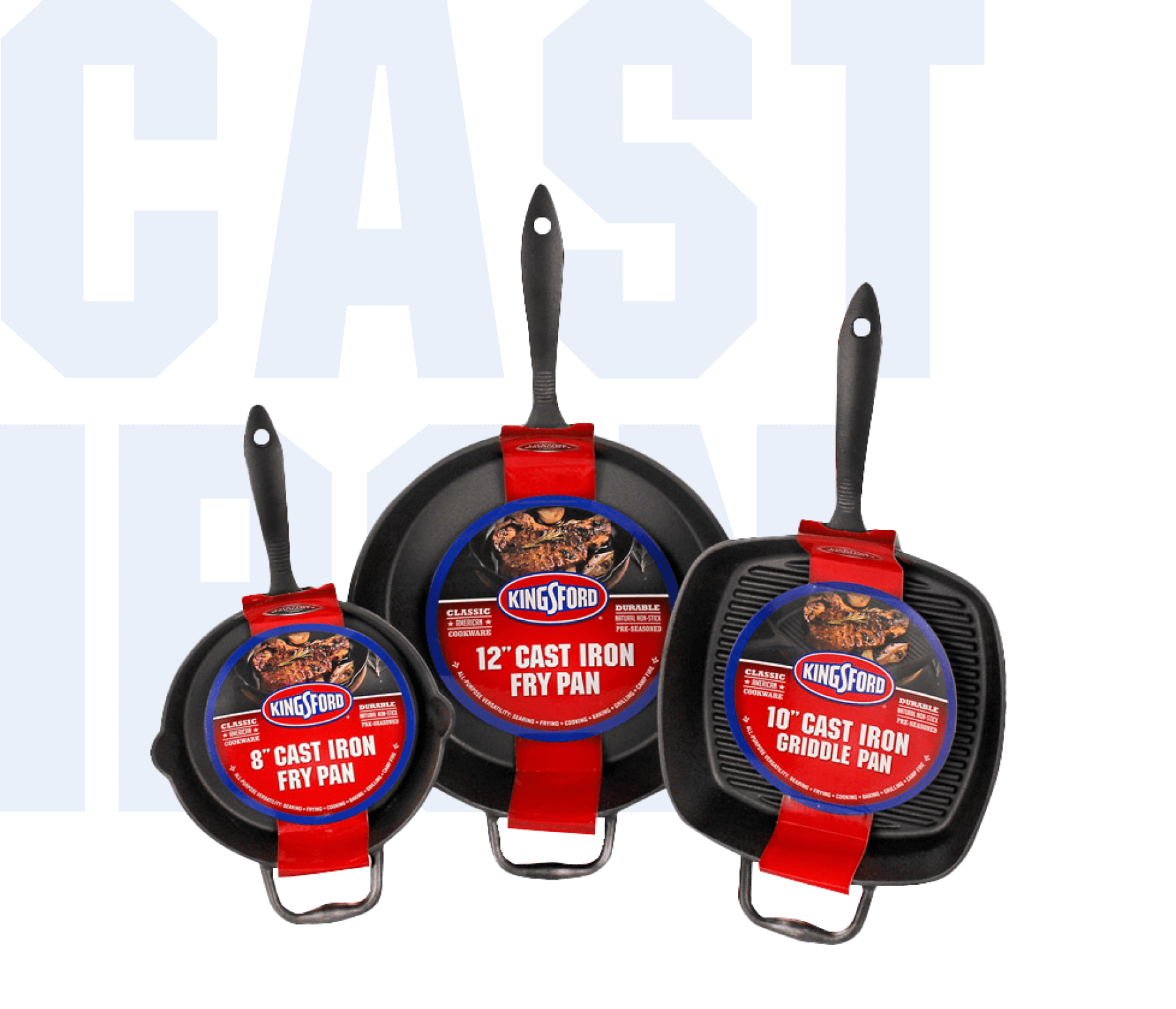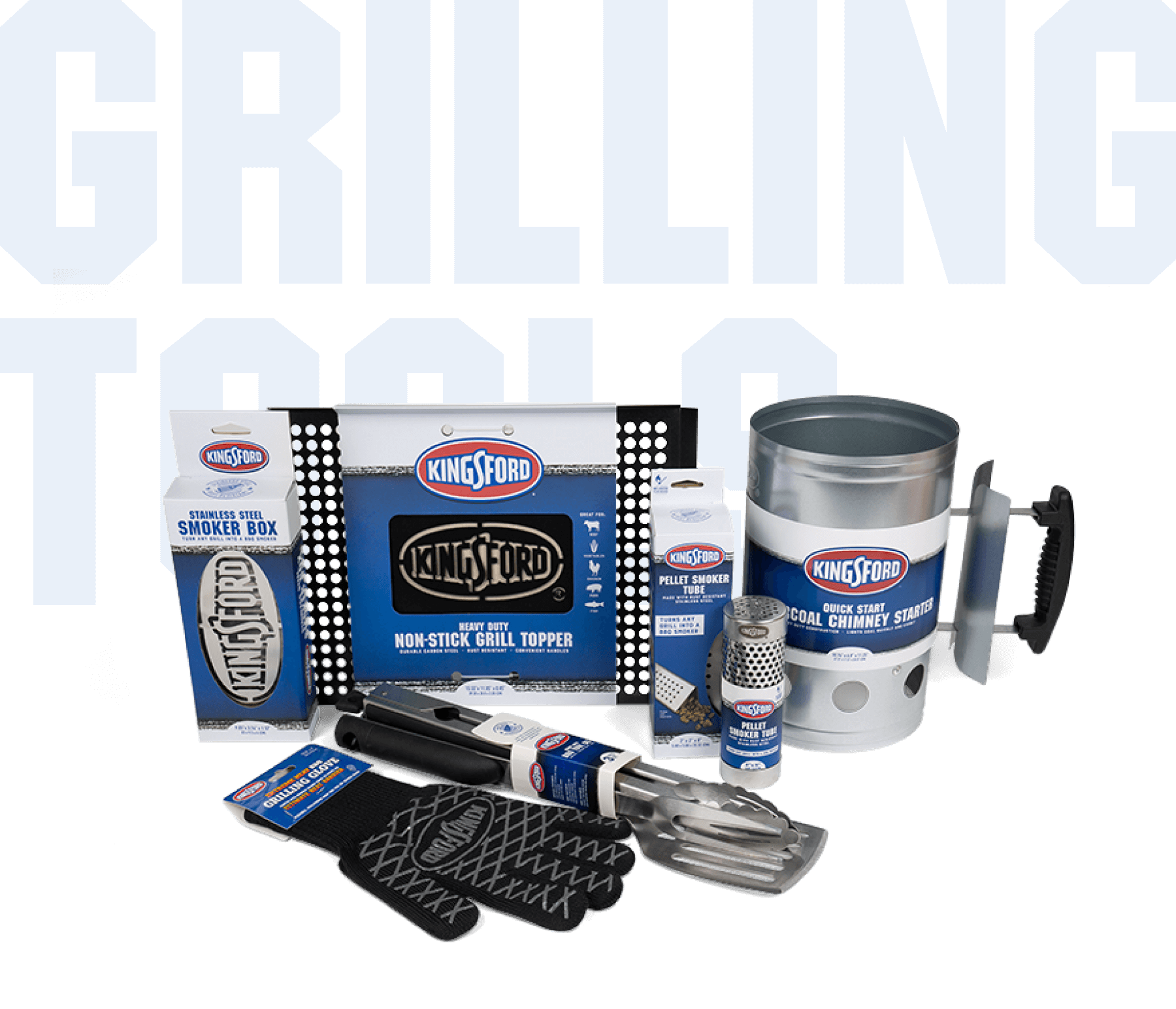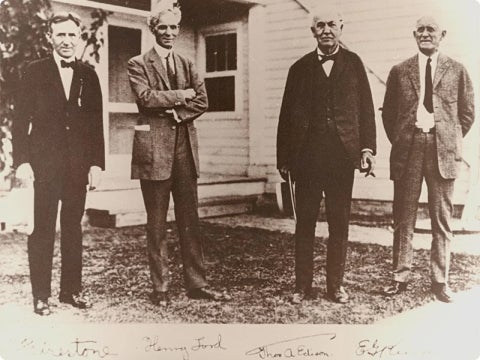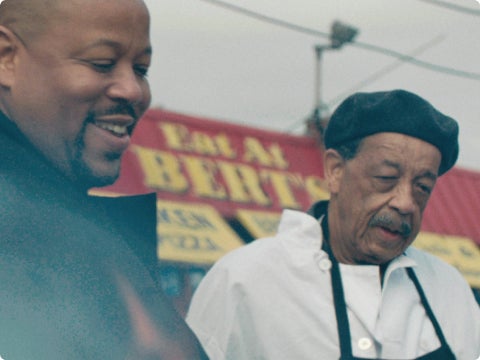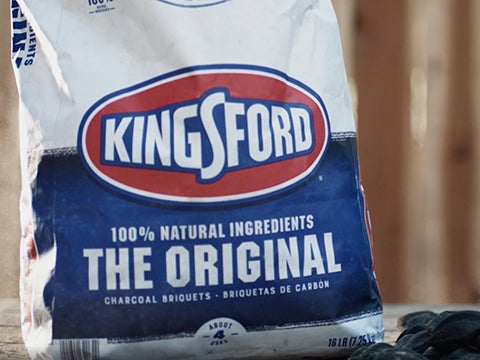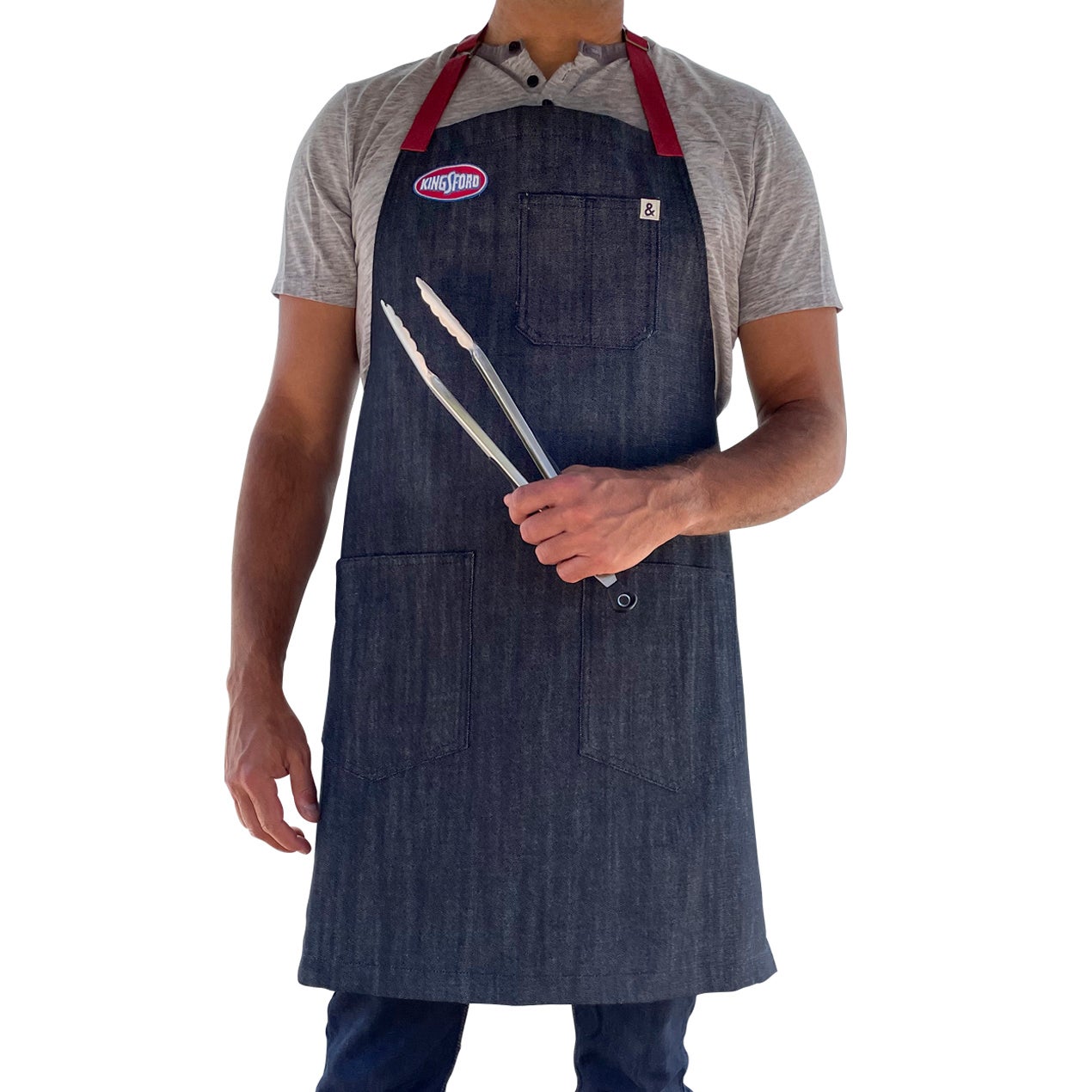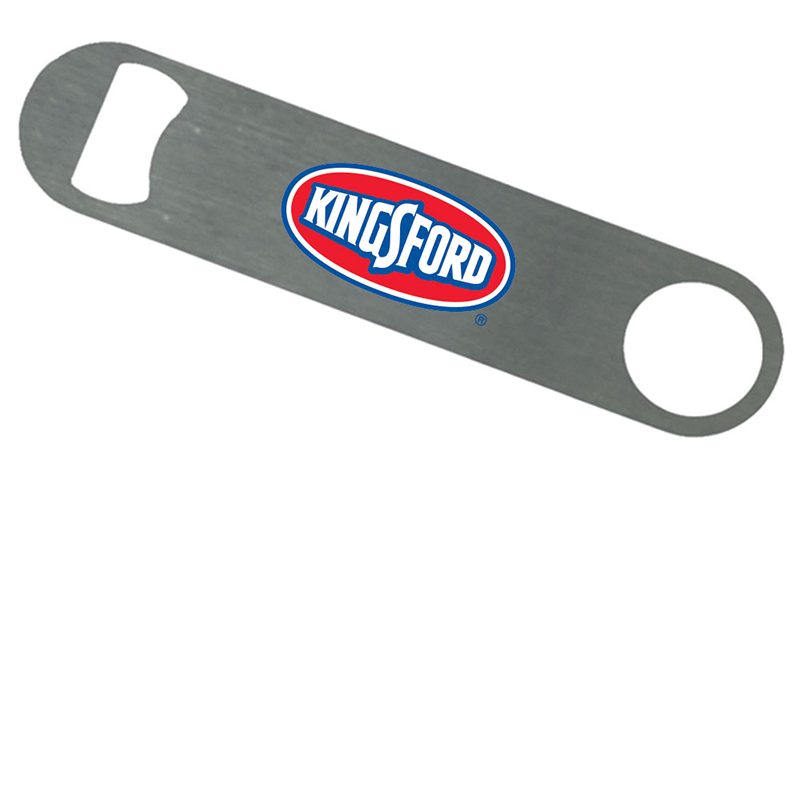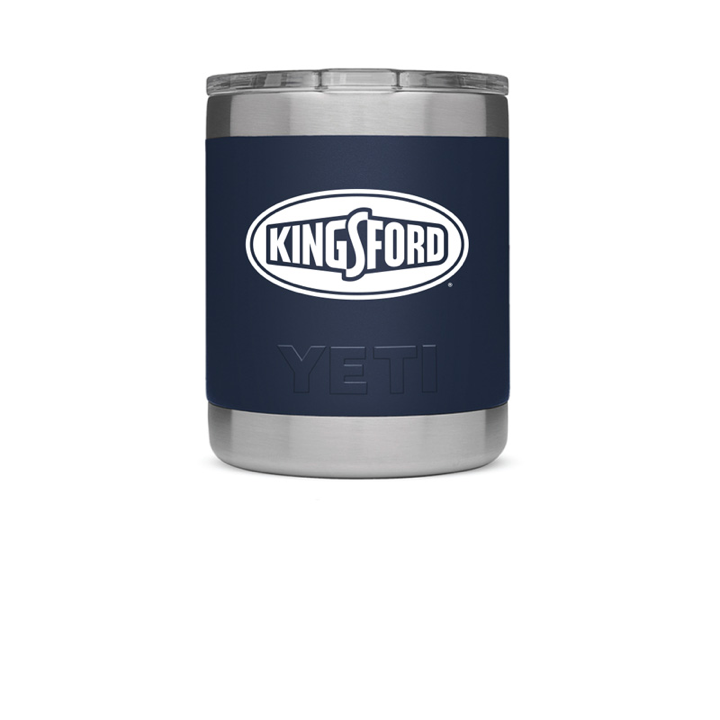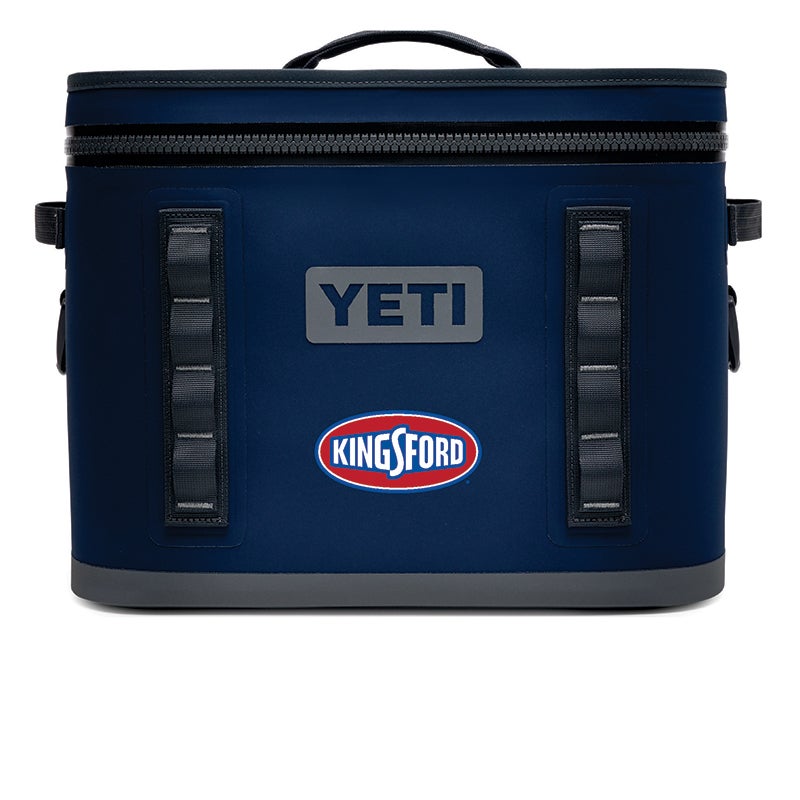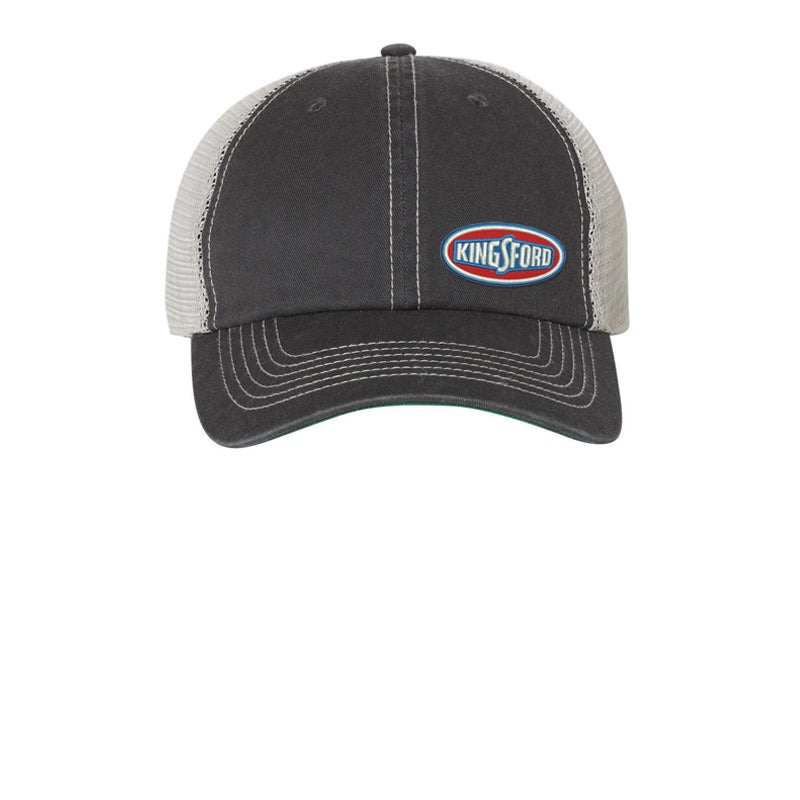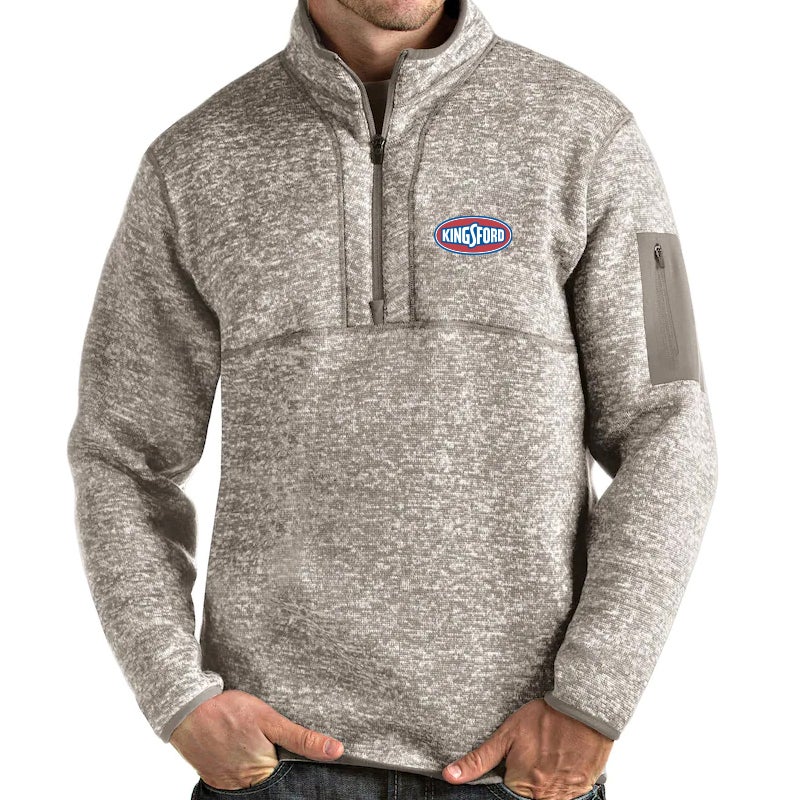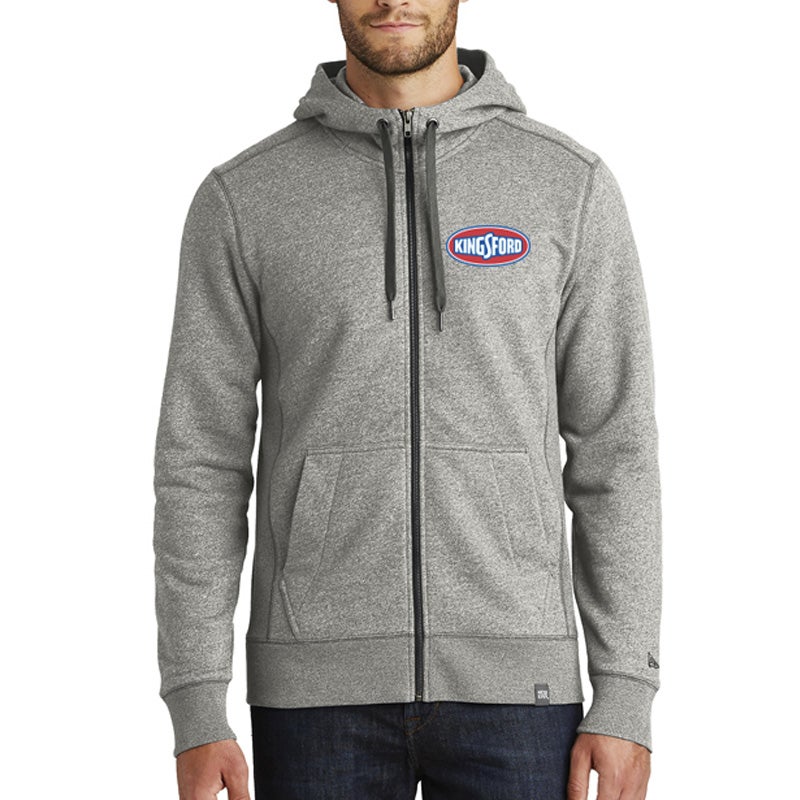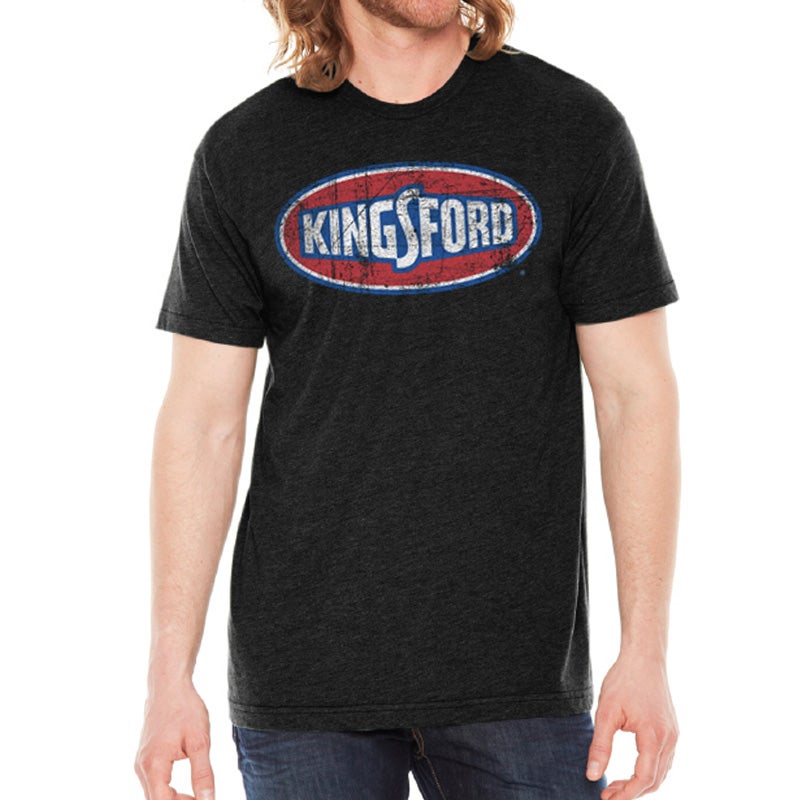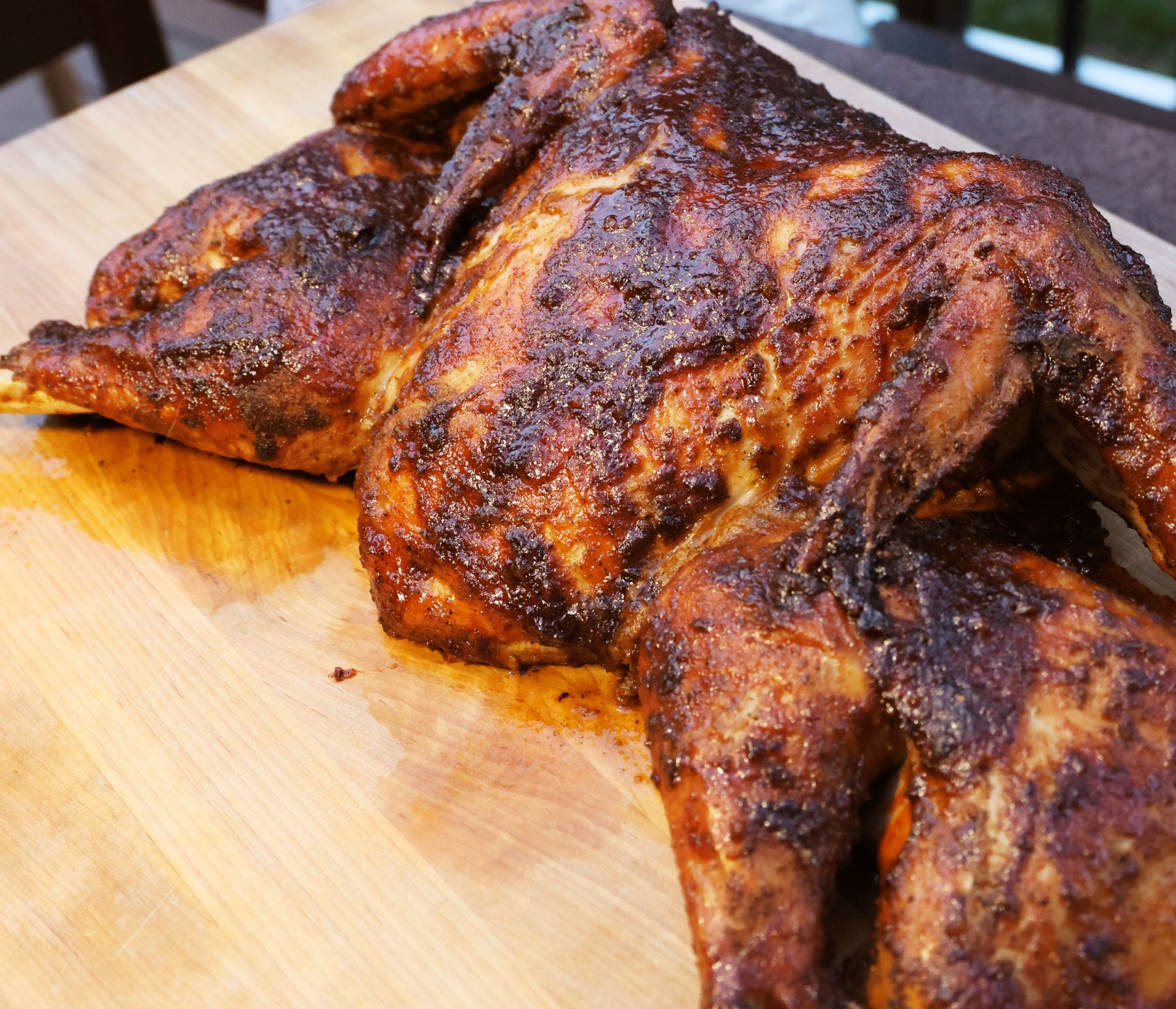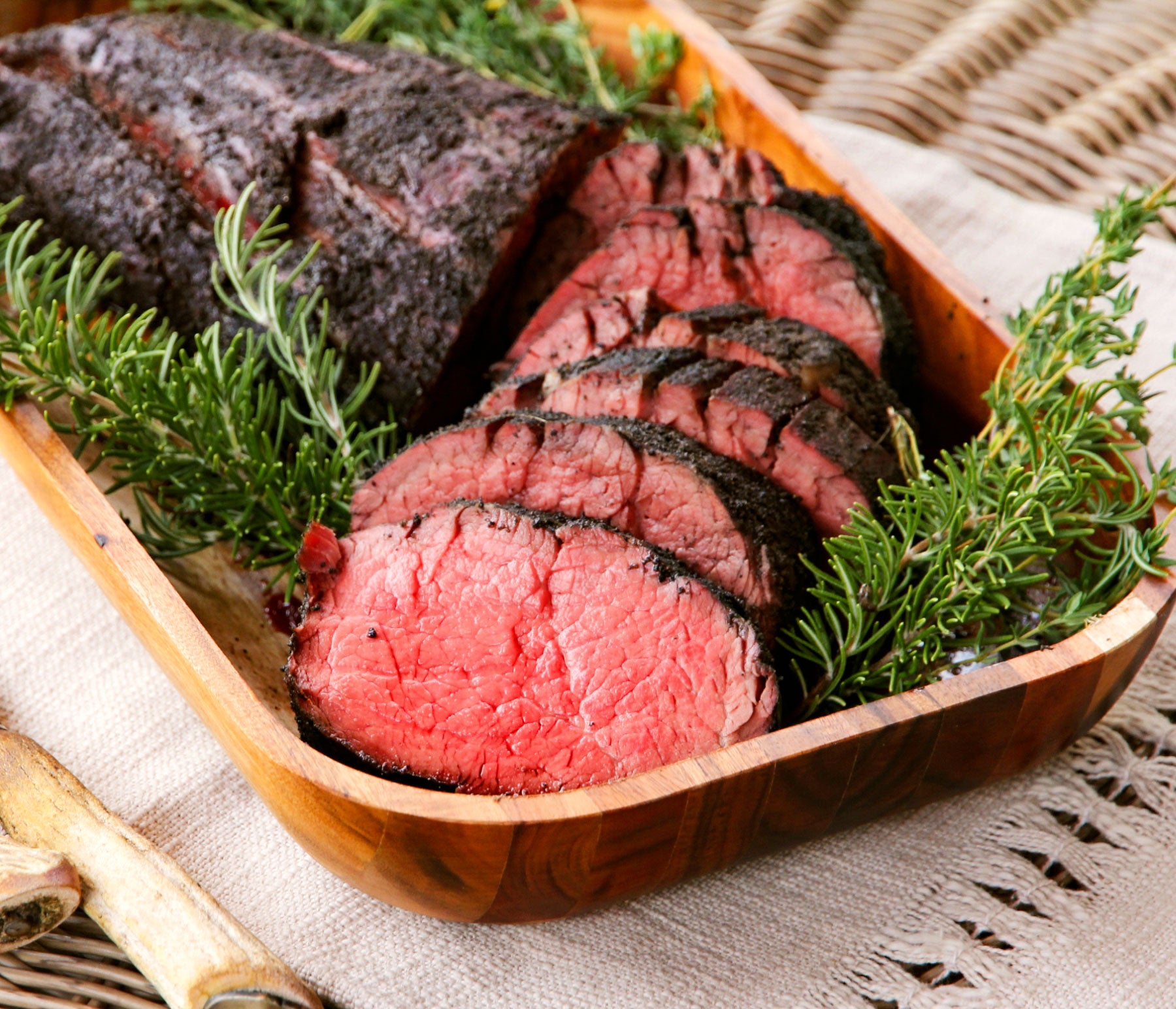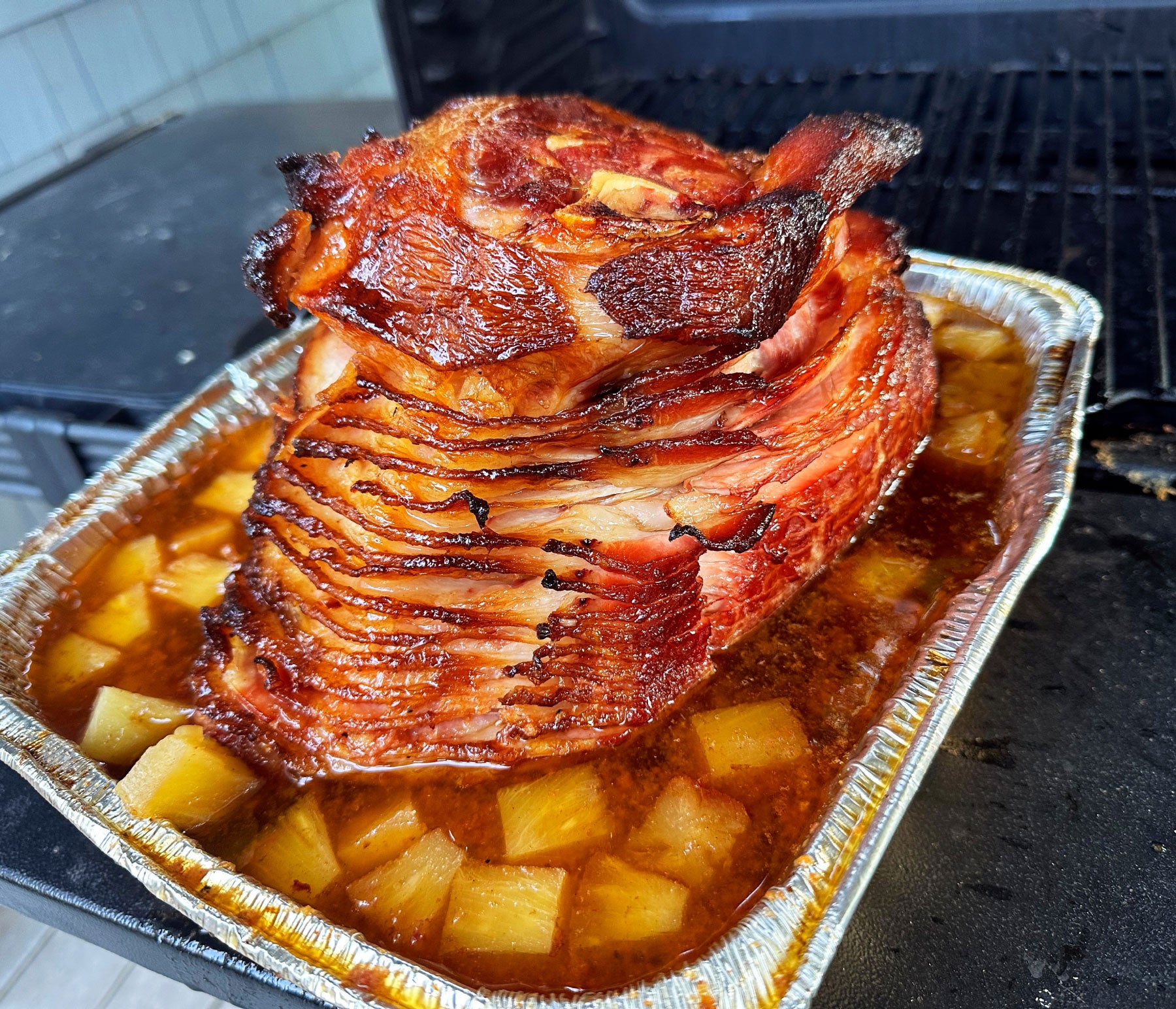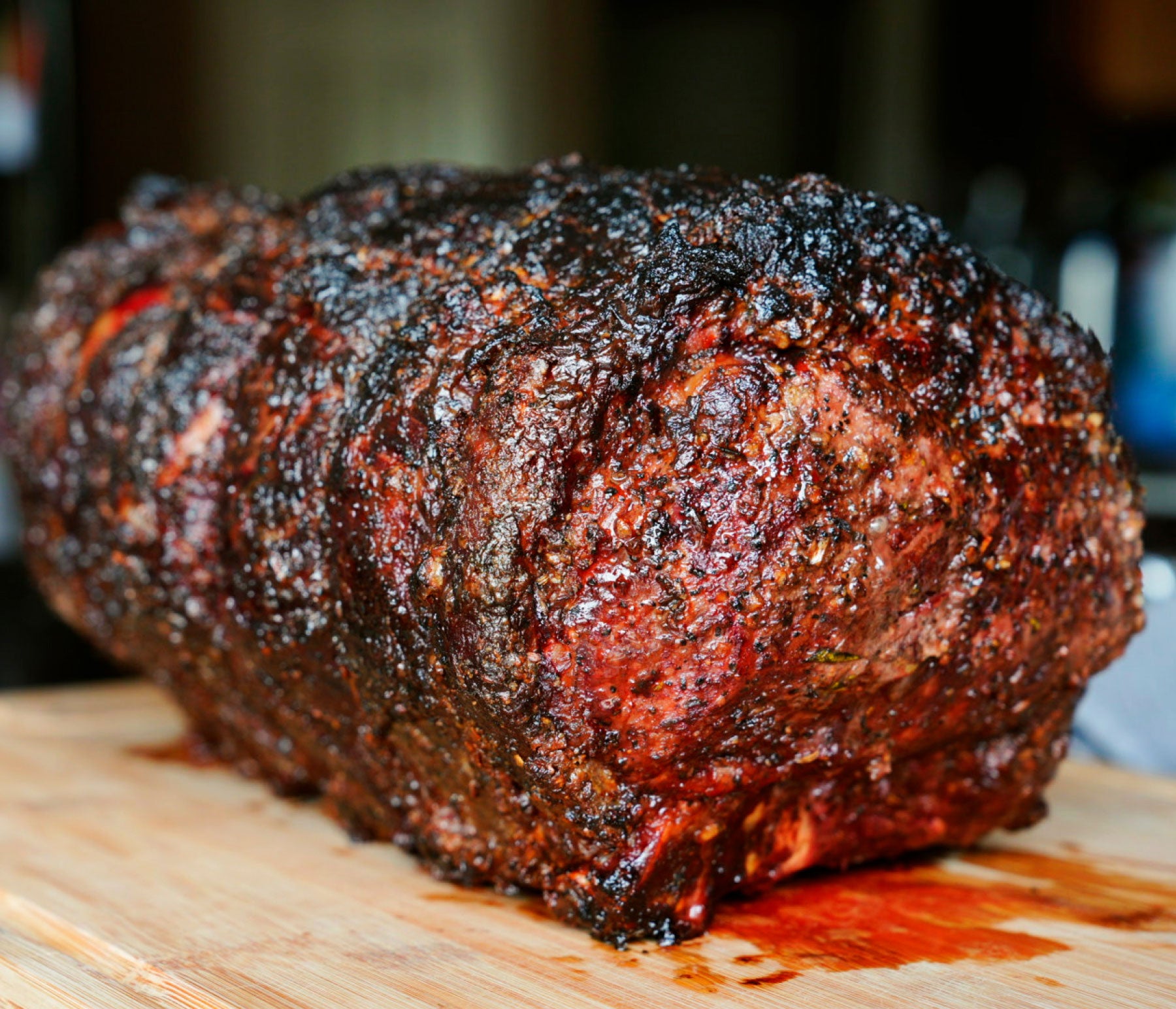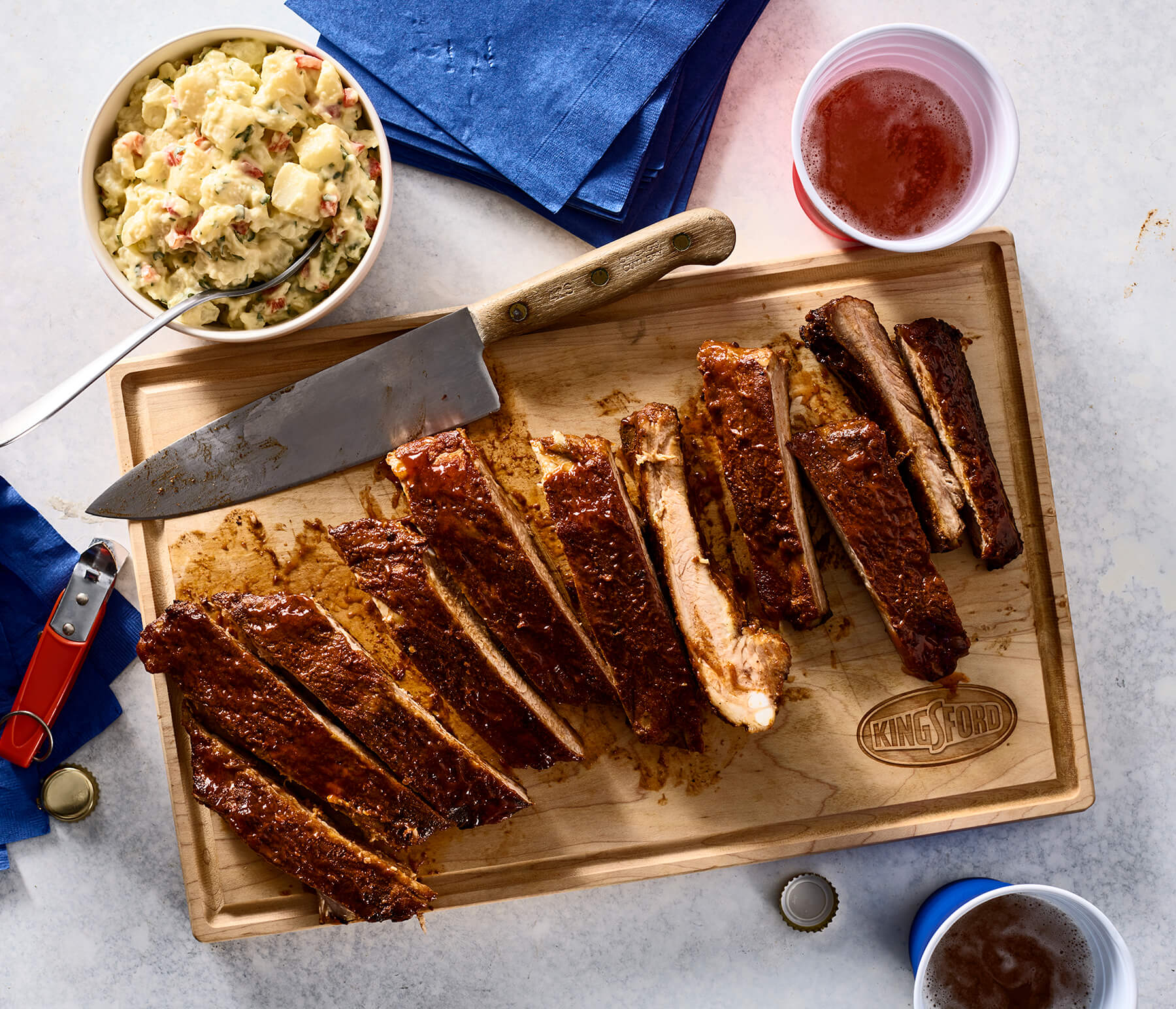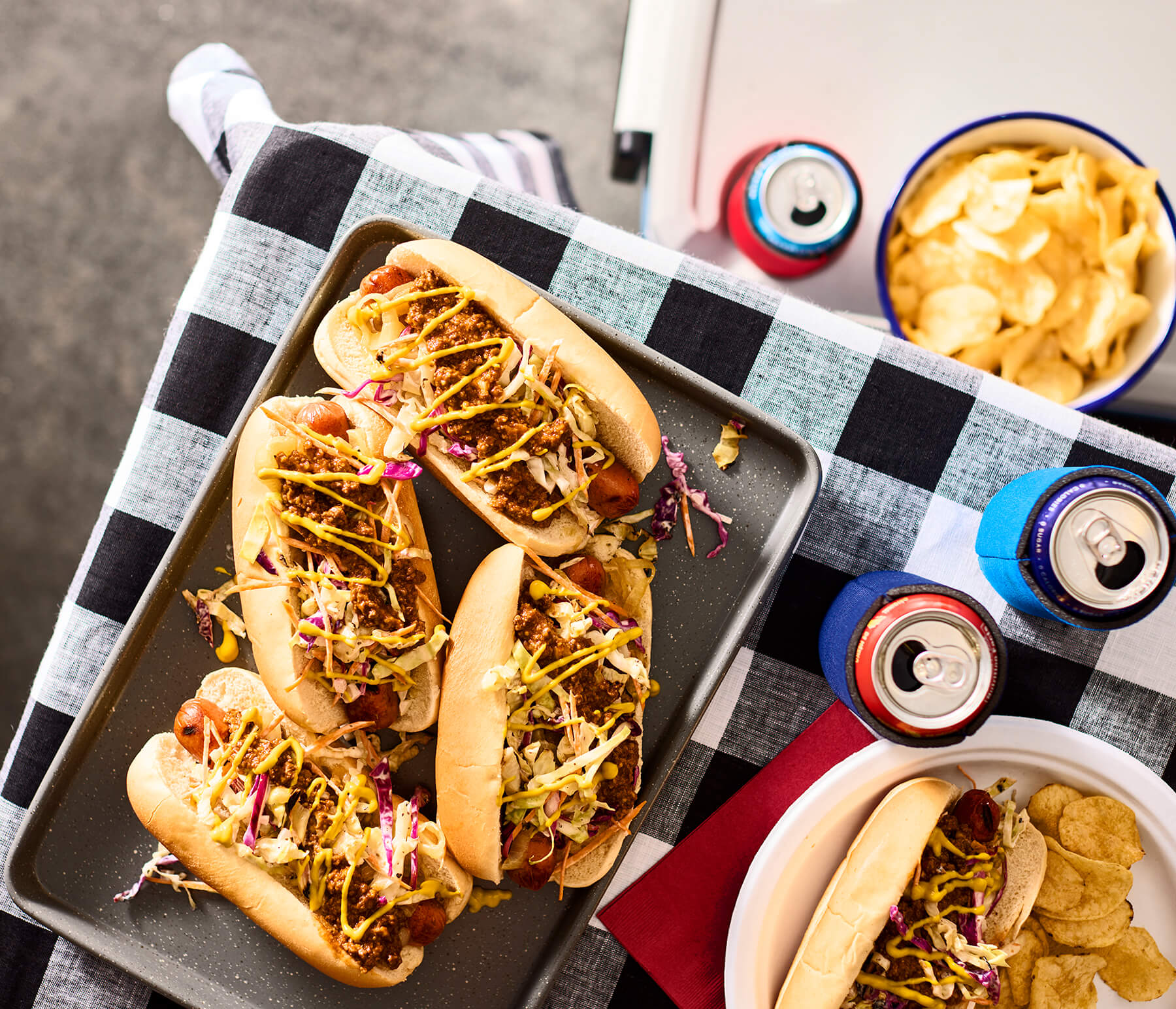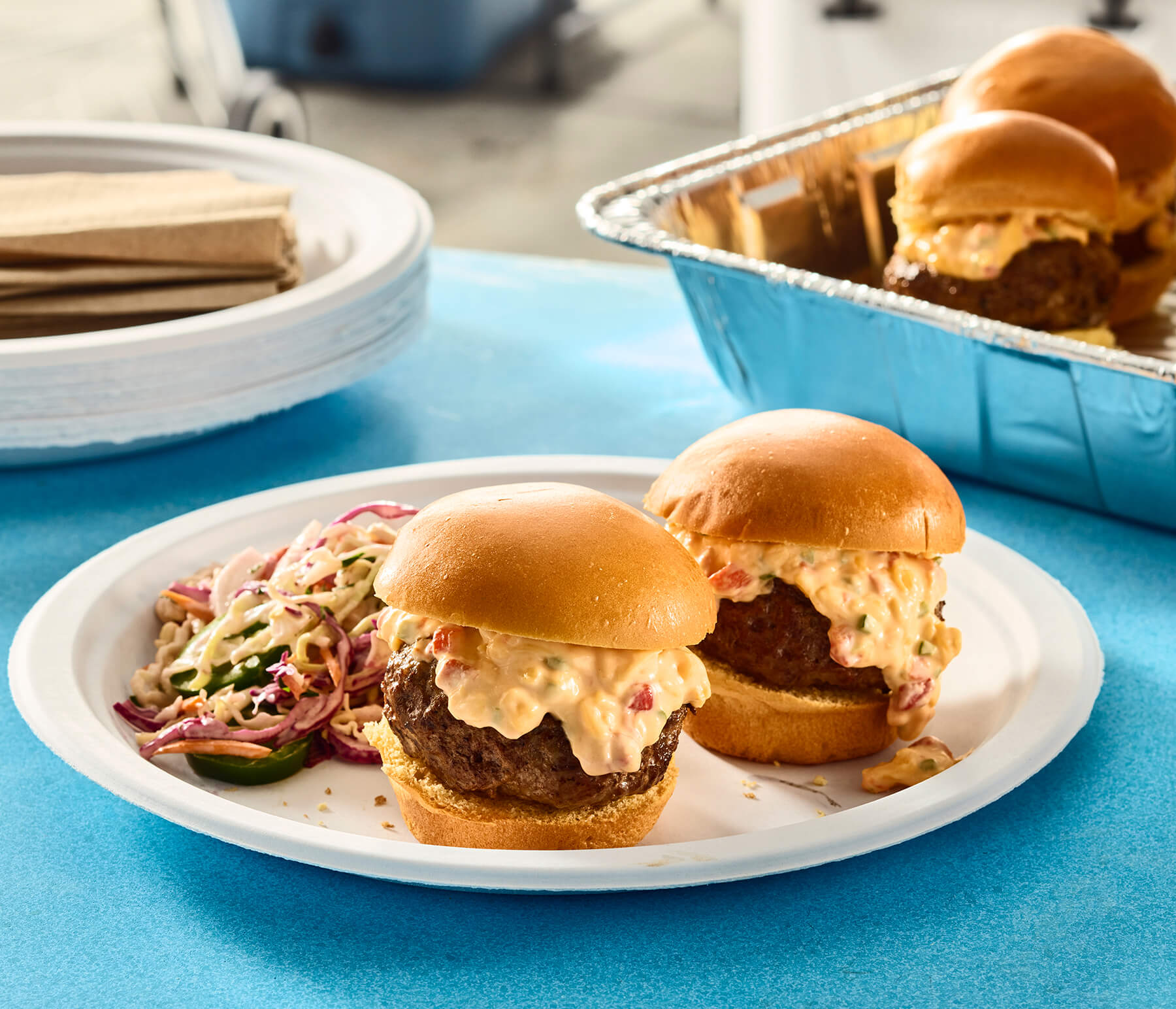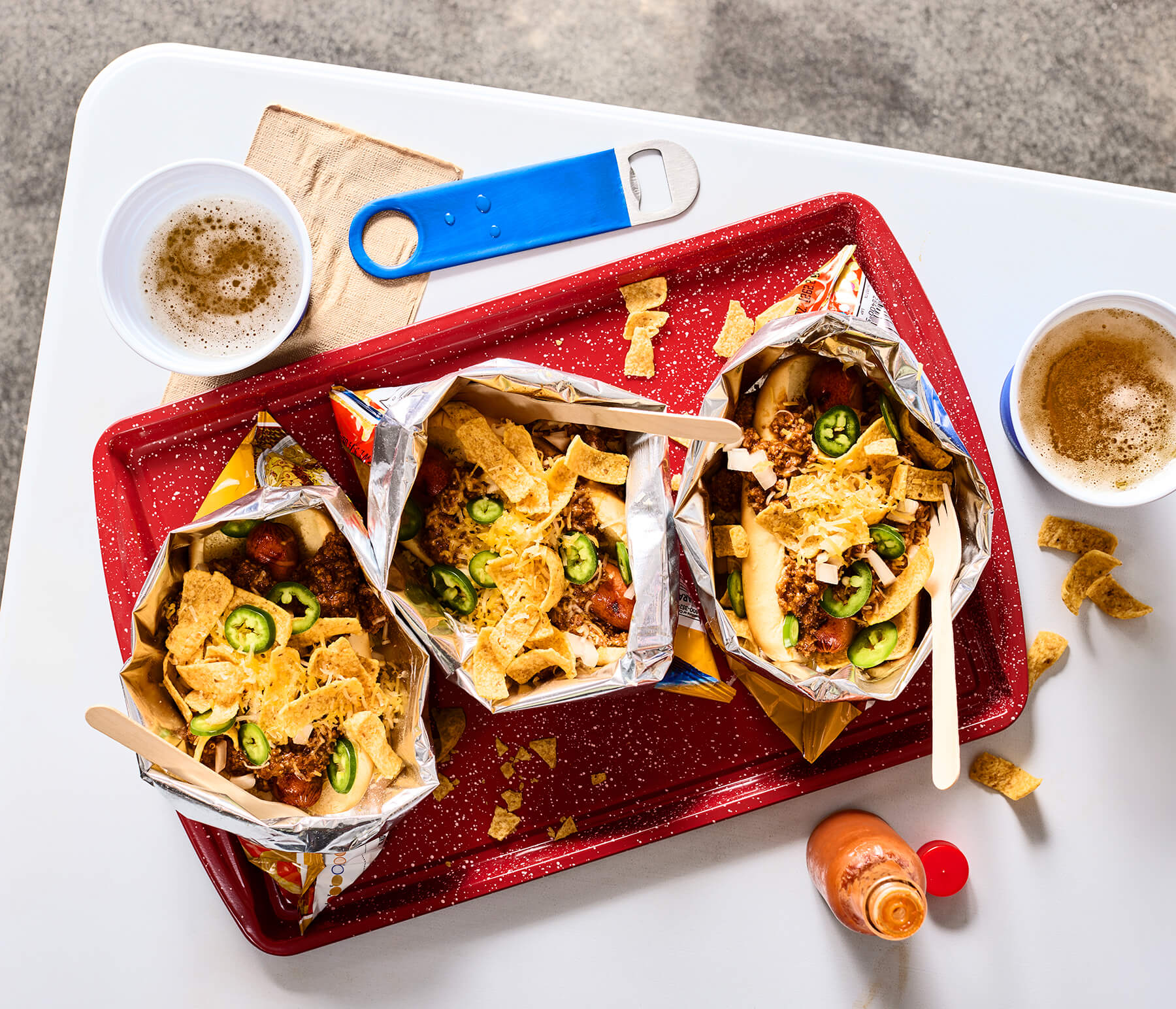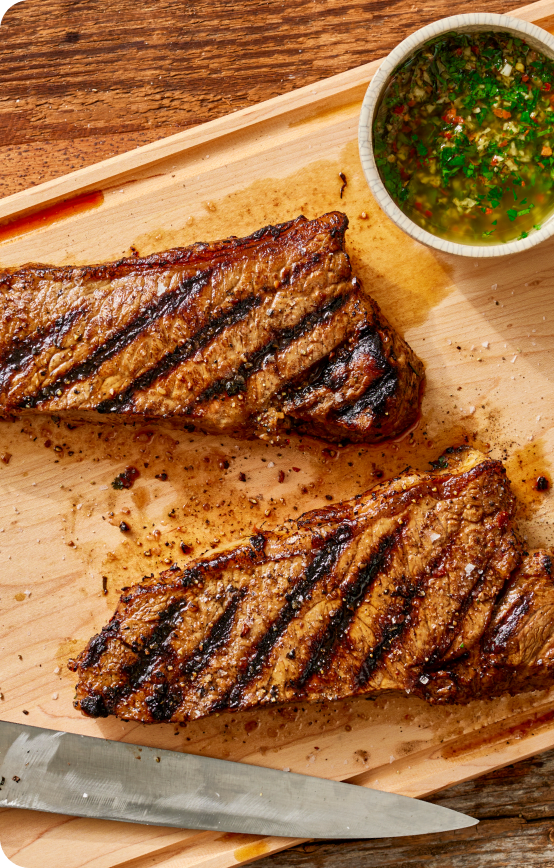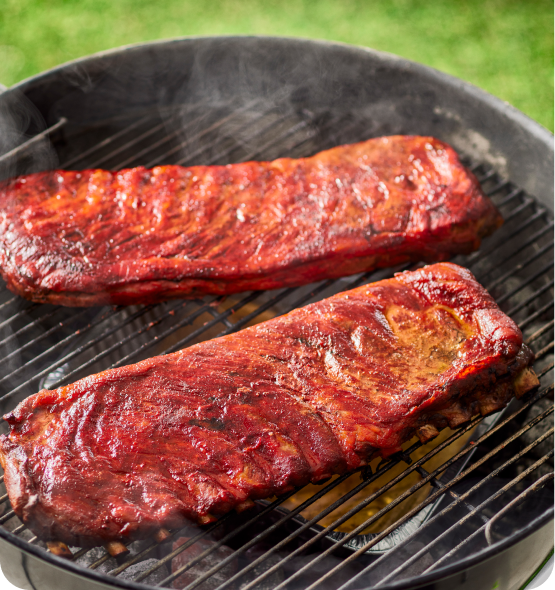Charcoal Grill vs. Pellet Grill
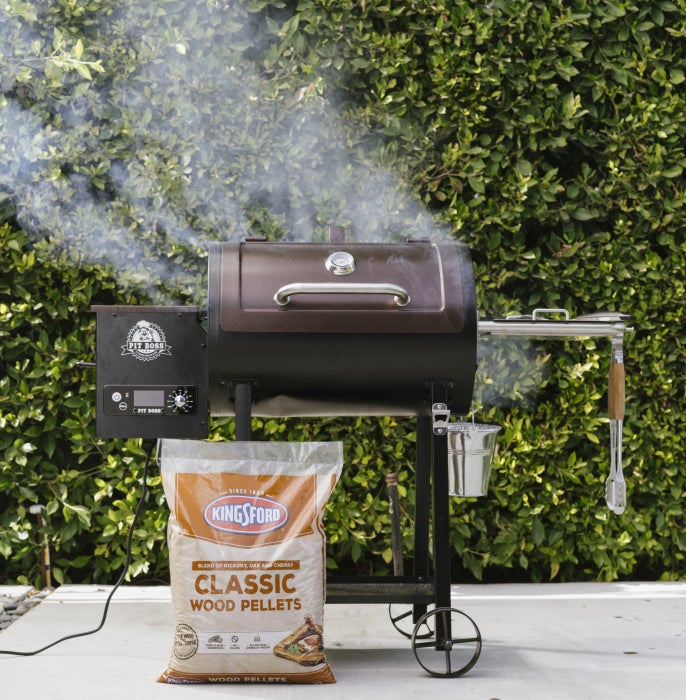
A wise man once said, “Give a man a burger and he’ll be fed for a day — give a man a grill and he’ll feed you for a lifetime.” The question is, which type of grill?
With so many different types of grills available, choosing one doesn’t have to be overwhelming. Two popular types of grills, charcoal and pellet, actually bring flavor to the dinner party. These grills harness the power of smoke to cook and season food.
So, which one’s best for you? Let’s take a look at the benefits of each.
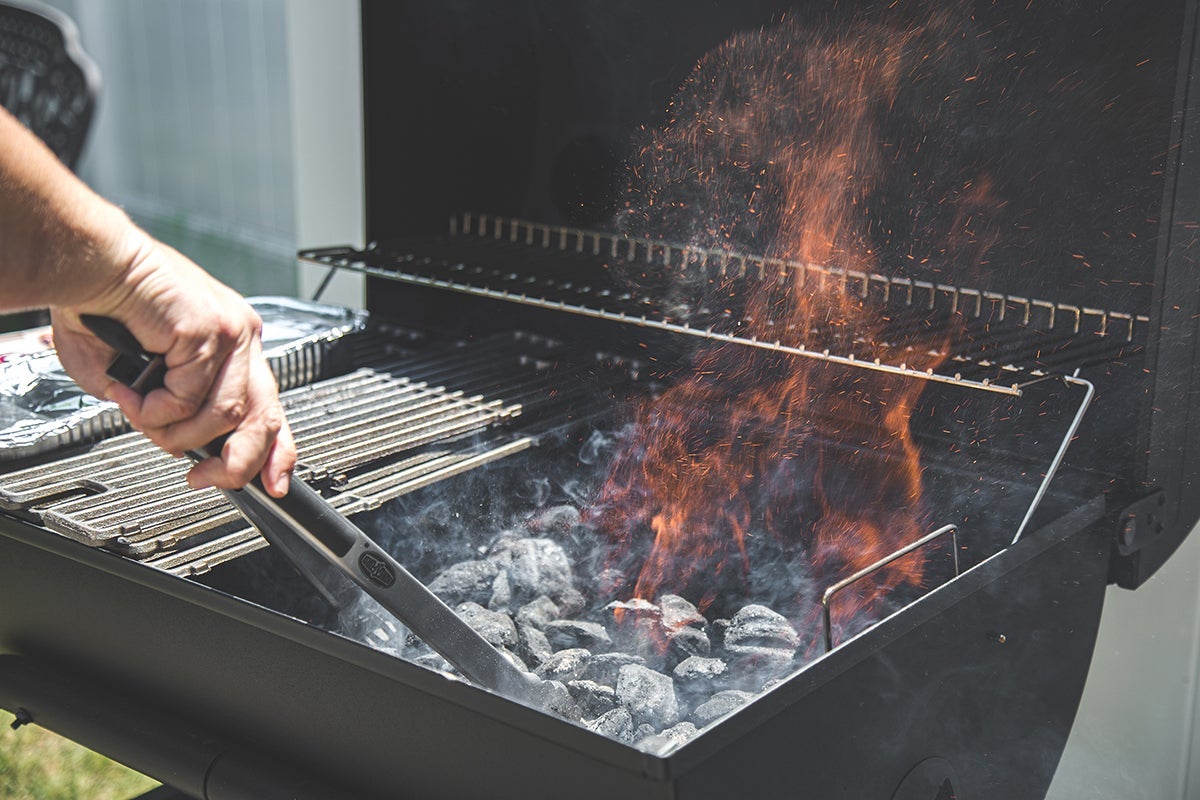
What is a charcoal grill?
A charcoal grill is typically the first type of grill that comes to mind when people think of grilling. Kingsford has been in the charcoal game for over 100 years, so you can say we’re quite partial to the tried-and-true charcoal grill. Let’s find out if it’s the right type of grill for your needs.
Are charcoal grills versatile?
One of the best aspects of owning a charcoal grill is its versatility. A barbecue charcoal grill comes ready to use with few or no modifications. They’re very capable of searing, smoking, grilling, roasting, braising, baking and charbroiling.
Is a charcoal grill portable?
For the most part, a charcoal grill is portable. Fill it up with Kingsford® charcoal and you’re ready to get cooking. A typical charcoal BBQ grill requires no electrical power. It isn’t tethered to a gas line or propane bottle, making it relatively easy to move around.
What sizes do they come in?
You can find a mini charcoal grill that’s just the right size for cooking a couple of burgers or brats. Something this size is perfect for people on the go who might want to bring along a grill for cooking food on a day hike or bike trip. Some mini charcoal grills are conveniently designed to fold completely flat for portability and take up little space in a backpack.
A small charcoal grill is typically about 12–14″ in diameter. Lightweight and portable, these grills typically have a raised base so they can be used on a tabletop. Smaller charcoal grills will snugly fit about a whole chicken cut into pieces and they are great for tailgating.
Using a large charcoal grill opens up more possibilities. A large grill can hold more Kingsford® charcoal, so it allows you to cook foods for longer periods.
Its larger size also allows you to do two-zone cooking by piling charcoal on one side of the grill and leaving the other side open to create hot and cool cooking zones. Cooking over the cool zone still creates plenty of heat and is similar to roasting or baking in your oven.
This two-zone setup also adds delicious charcoal flavor to your foods. Add a few handfuls of smoking wood and your charcoal grill does double duty as a smoker. Food can smoke over the cool zone, then get a robust sear by finishing it directly over the coals on the hot size.
Are charcoal grills expensive?
One of the best things about charcoal grills is there’s one for any budget.
A compact, portable grill can be found at most places Kingsford® charcoal is sold. For under $30, these budget friendly grills are typically 12″–14″ in diameter. Although affordable, they’re less sturdy and typically good for a season or two depending on how much use they get.
Grills in the $50–$100 range have more features than less expensive models. They’re often equipped with a rolling stand, making them a bit easier to move across the patio or take from place to place. You also get more cooking space and sometimes features like a hinged lid or side shelf to rest a beverage.
If you’re willing to spend between $100–$200 on a charcoal grill, it opens up far more options. The quality of the grill’s metal, paint and handles is noticeable and the components fit together more snugly. A snug fit means a more efficient charcoal burn and better control of your airflow. These grills will likely last longer than it takes for the kids to get through high school and you can plan on using them for a half a decade or more. Sizes range from grills perfect for a family of four to ones that have enough cooking space to invite all the neighbors over for a barbecue.
Premium grill offerings start at about $300 and can get very expensive quickly. But what you get with a premium grill is something you can likely pass to your grandchildren.
The raw materials that premium grills are built with may consist of high-quality aluminum, engineered ceramics or steel with a porcelain enameled finish. The grills’ grate or cooking surface may be made with the heavy-duty 304 stainless steel that’s commonly found in commercial kitchens.
Look for features like double-walled insulation and engineered airflow that will allow Kingsford® charcoal to burn even more efficiently than with less expensive models.
The one thing all these charcoal grills have in common is that using Kingsford charcoal will make the cooking more convenient and efficient, giving you a delicious meal.
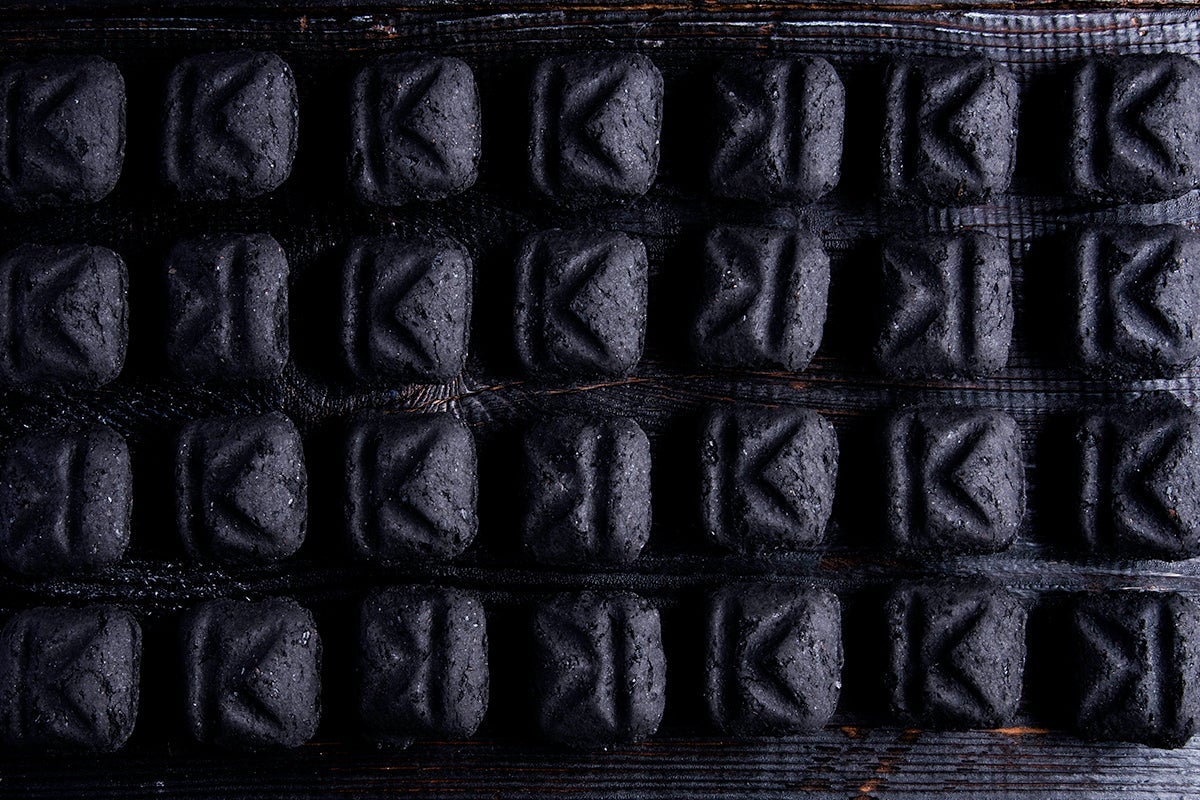
Are there different types of charcoal?
There are different types of charcoal. The two most common types of charcoal are briquets and hardwood lump charcoal.
Briquets are the most common and readily available type of charcoal on the market. Considered the gold standard of grilling fuel, Kingsford’s original charcoal briquet uses 100% natural ingredients.
Kingsford’s briquets have a unique shape resembling a square brick with rounded corners. The shape promotes an unobstructed airflow, allowing the fuel to ignite quicker and burn more evenly.
Hardwood lump charcoal is made by building a fire with hardwoods and then snuffing out the oxygen from the fire. The hardwood continues to smolder until carbonized. What you’re left with looks like the charcoal remaining after a campfire burns out.
Many people enjoy using hardwood lump charcoal as an alternative to briquets and as a fuel source for Kamado-style ceramic grills.
Kamado grills have a distinctive egg shape. They’re also heavier than other charcoal grills because they’re made from engineered ceramic materials.
These ceramic grills take up to an hour to be properly heated up, or heat soaked. But once preheated, the grills are incredibly efficient. Loaded with charcoal, they can cook for many hours if not overnight without much concern for running out of fuel. This efficiency means you’re burning less charcoal over time.
Kingsford® Hardwood Briquets are a premium fuel source for Kamado grills. Hardwood briquets offer the all-natural benefits of traditional hardwood lump charcoal but with better temperature control and consistency.
How do you control a charcoal grill’s temperature?
The temperature of a charcoal grill is controlled by airflow. Simply put, the more air you allow a fire to have, the more fuel it will burn.
All charcoal grills have at least two air vents — an intake and exhaust. Heat is controlled by opening and closing the vents until you reach a desirable temperature for what you’re cooking.
Once a charcoal fire has been started, the grill’s temperature will stabilize based on how much air you decide to allow in and out. A good rule of thumb is that it’s easier to make a small fire hot than it is to get a raging fire cool again.
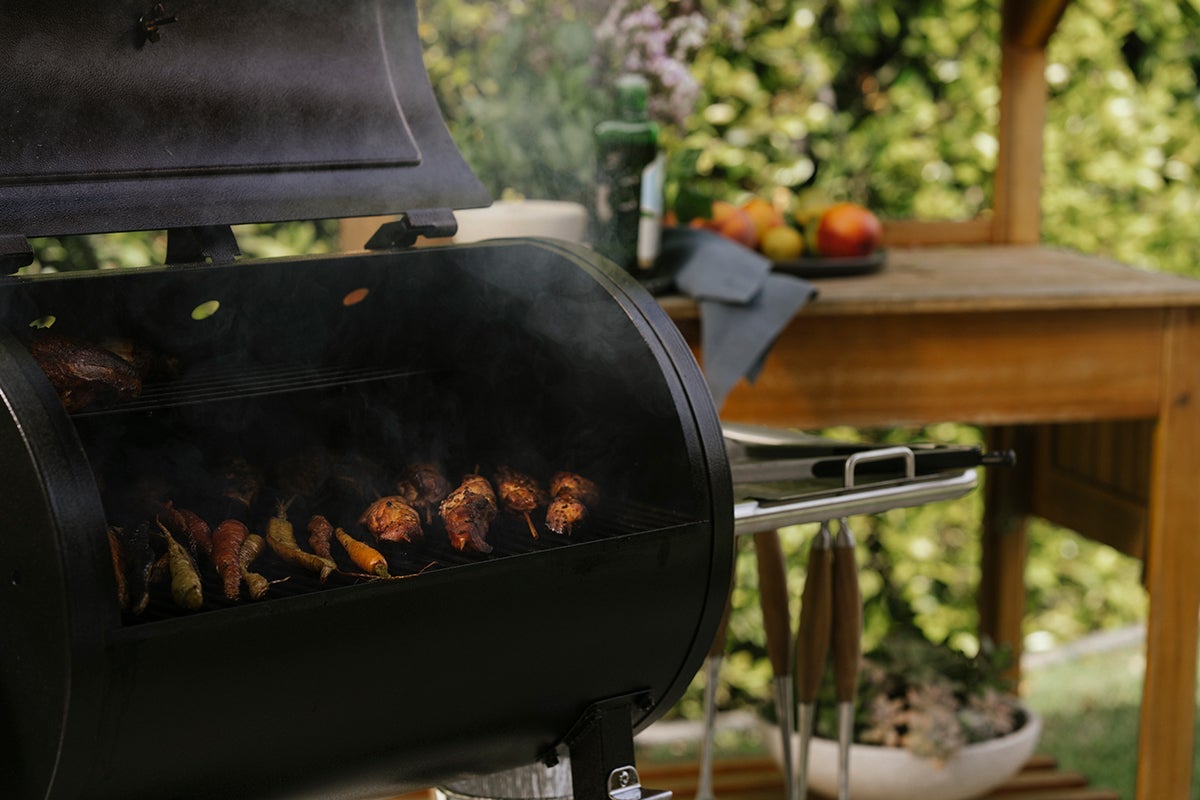
What is a pellet grill?
A pellet grill is actually more of a smoker that has the ability to grill. It excels at cooking foods and adding smoky flavors at both low and higher temperatures. Instead of using charcoal, pellet grills are fueled by compressed wood pellets. The wood pellets burn, giving off heat and smoke, allowing foods to absorb delicious flavors in the process.
How does a pellet grill work?
Wood pellets are poured into a reservoir, or pellet box, that sits next to the cooker. Wood pellets are delivered via auger to a fire pot, or a small bin about the size of a car’s cupholder where the pellets burn. Some of the first pellet grills looked like a barrel on its side with a smokestack for airflow and heat exhaust.
Fun fact: The first pellet grill was patented in 1985.
How do you control temperatures in a pellet grill?
The temperature of a pellet grill is controlled by how much fuel is in the fire pot — more fuel equals more fire. Fortunately for us, the process is virtually hands-free. Pellet grills use electronic controls to keep the temperature consistent.
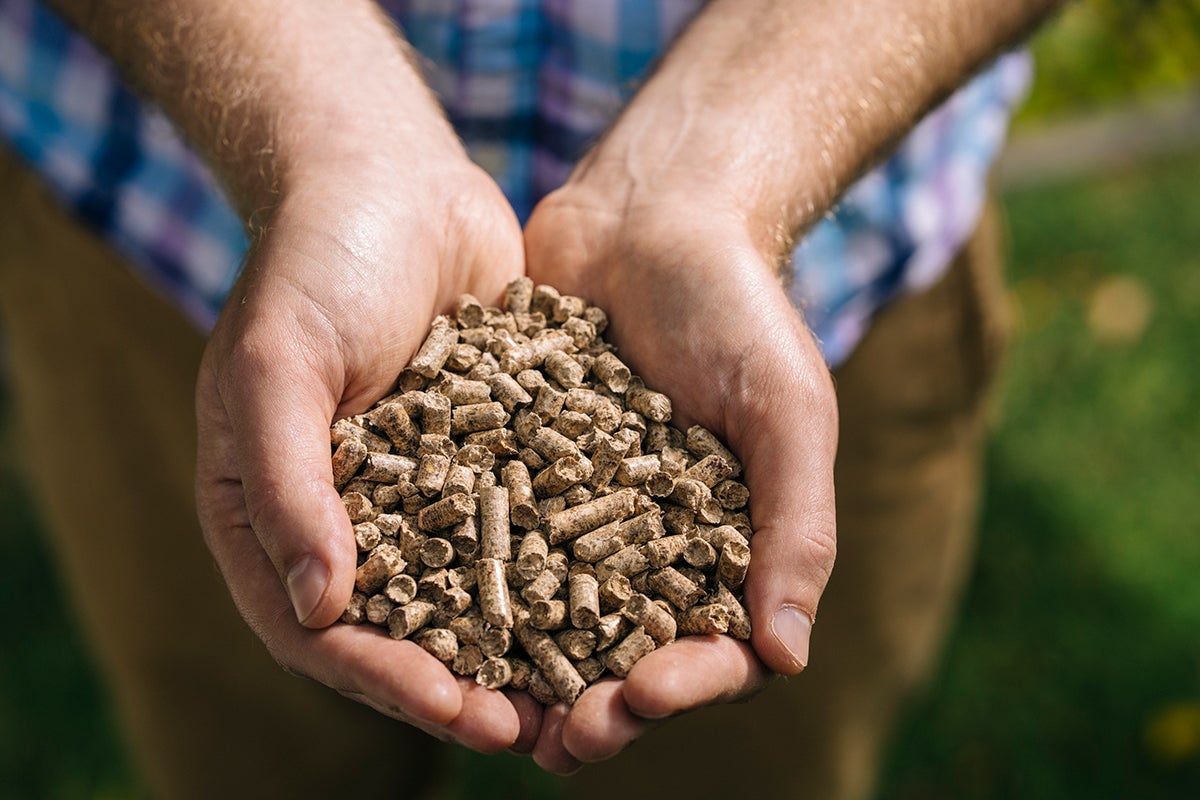
Are there different types of wood pellets?
Just like there are many different types of trees in the forest, there are many different kinds of wood pellets to choose from.
Kingsford takes pride in using all-natural, pure flavor hardwoods for its pellet offerings with absolutely no fillers, binders or preservatives.
Are pellet grills convenient?
Pellet grills are extremely convenient to use. As long as the grill has plenty of pellets, it will operate for hours without much fuss.
Are pellet grills expensive?
Pellet grills are available at various price points. Like many things in life, the larger grills are typically more expensive than smaller ones. Smaller pellet grills range in size from about 450–600 sq. in. of cooking capacity. The cost of a small pellet grill ranges from $350–$699.
Although the less expensive models may have more basic features, they’re a solid option for someone new to smoking or who may only grill less frequently.
Larger pellet grills can set you back between $600–$1999 and up.
The bigger price tag brings along higher quality materials and advanced construction methods. Better materials mean these pellet grills are built to stand the test of time — you should be able to get 10 years or more out of these units.
You also get more space to cook with. Larger pellet grills often have cooking capacities ranging from 700 to over 1000 square inches.
That’s enough cooking space for multiple racks of ribs and room to spare for side dishes.
The only intimidating thing about larger pellet grills is the price. Both new cooks and seasoned veterans will benefit from the extra space and efficiencies that come with higher quality materials.
The cost of a larger pellet grill makes it a better investment for someone who plans on using the grill frequently for many years to come.
What are some features to look for when buying a pellet grill?
Like many other home appliances, the internet of things has made its way into many of the current pellet grill offerings. What this means is a more fun and convenient experience for pellet grill owners.
Most pellet grills now come with at least one but as many as four separate ports for connecting a temperature probe. This is a convenient way to monitor multiple foods’ temperatures simultaneously. This is a feature that was overlooked just a few years ago.
Some pellet grills also will connect to your home’s Wi-Fi and broadcast directly to the cloud. This allows you to monitor what you’re cooking from a connected smartphone or tablet device. The connected features vary from manufacturer to manufacturer but, for the most part, they allow you to adjust your grill’s temperature remotely while monitoring the food’s internal temperature for doneness.
Some brands have even taken the guesswork out of cooking with recipes that connect with your pellet grill. They are as simple as choosing a recipe, following seasoning directions and inserting a thermometer probe in the food before putting the food on a hot grill. The recipe app will monitor the cooking and tell you when it’s time to eat.
How often should you clean a pellet grill?
Pellet grills benefit from a cleaning every third or fourth use. Most pellet grills have a grill grate and two heat shields that are easily removable. Scooping out any ash or debris will allow the next fire to burn more efficiently. Another good practice is to clean any oils or grease from the heat shields and empty reservoirs that catch oils and liquids.
Grilling Safety Tips
Regardless of which type of grill you fire up, there are some basic safety considerations to keep in mind while outdoor cooking:
Keep a clean perimeter around your grill
It’s a safe bet to keep your grill 4–5 feet away from anything that can burn. This would include your home, shed, deck railings and any patio furniture. Keep the ground free of leaves, grass clippings and any sticks or scrap wood that could catch fire. If grilling on a patio, keep a safe distance from an awning, pergola, canopy or other shade structures.
A clean grill is a happy grill
Your grill is a magical device for rendering meats and adding smoky flavor to foods. But once the grill has done its job, take the time to remove any dark and sticky drippings from previous cooks. The grill’s grates are removable and often come clean with hot water and a light scrubbing. It’s also a safe bet to clean any grease traps or collection areas so they don’t smolder and add unwanted acrid flavors to your food. Or worse, catch fire.
Dealing with ash shouldn’t be a pain
A majority of grill malfunctions are due to poor ash management. When ash builds up, it restricts airflow. This is dangerous as it prevents your grill from operating efficiently. It’s important to clean out any partially used charcoal or wood pellets along with the ash so you have a fresh start for your next cook.
Take care to make sure any ash or other debris is 100% extinguished before you remove it. It’s also a good idea to have a metal trash bin dedicated to just ashes so you can discard them at a later date.
